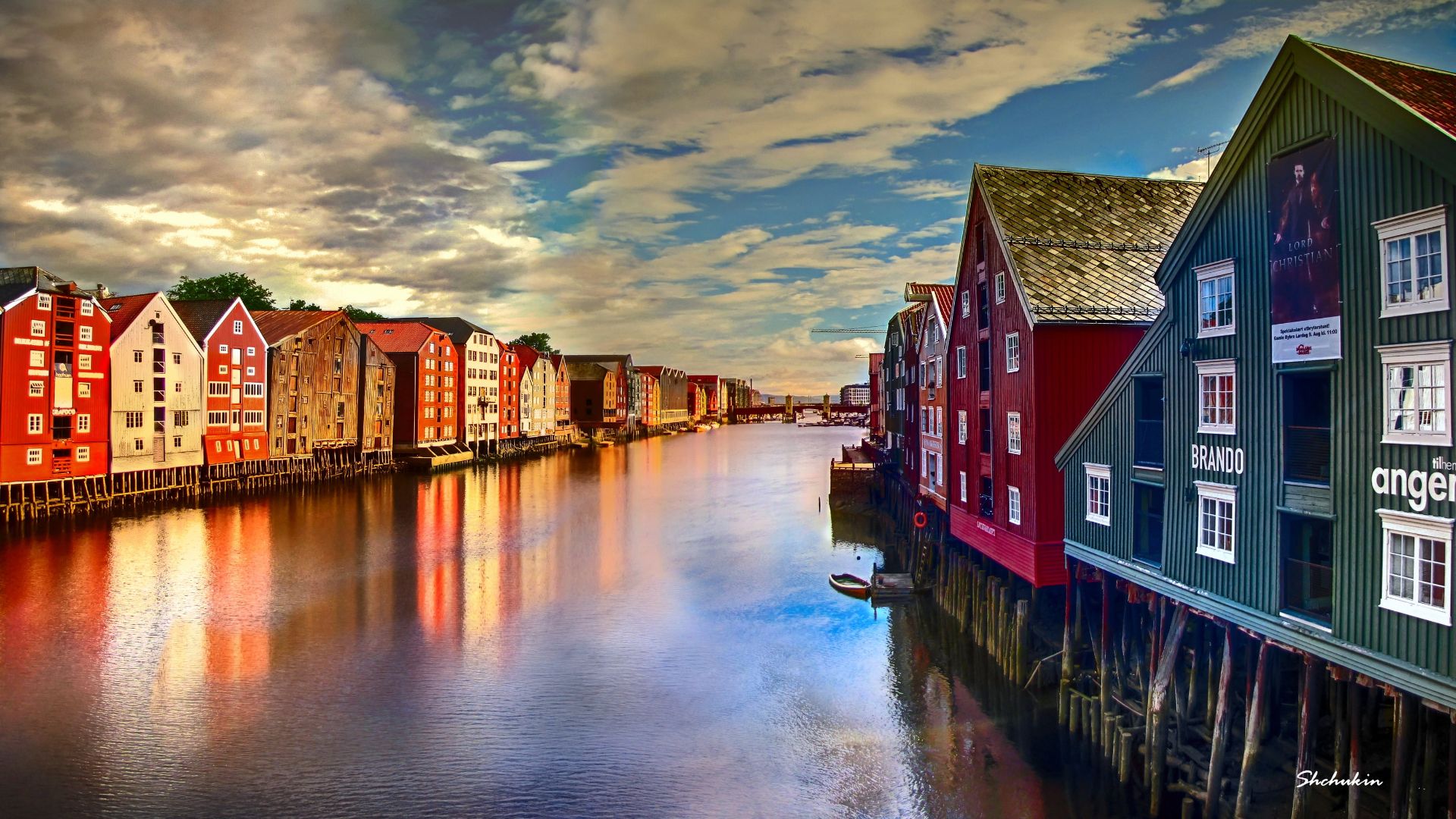Wood, rope and saltwater
Publisearre: 28.06.2021
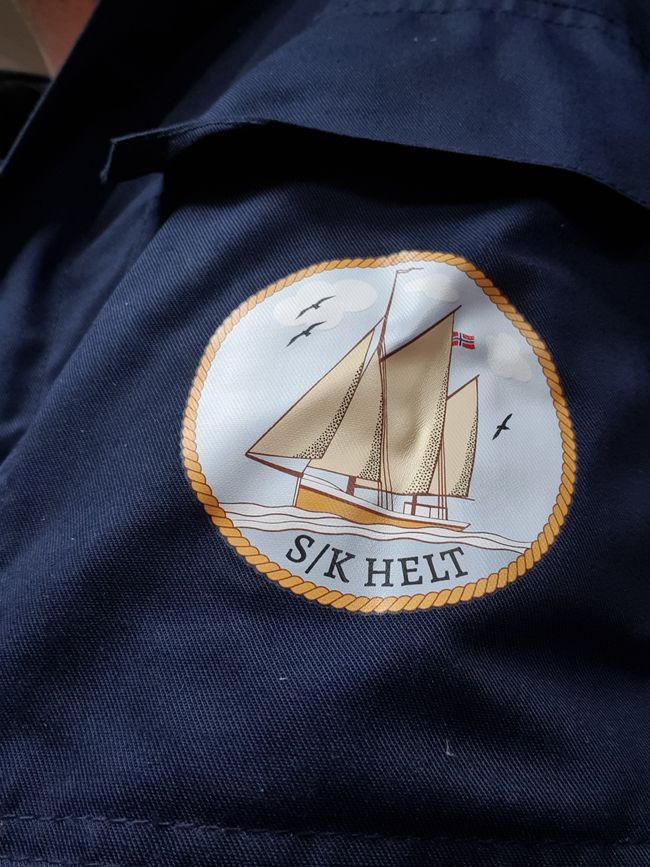
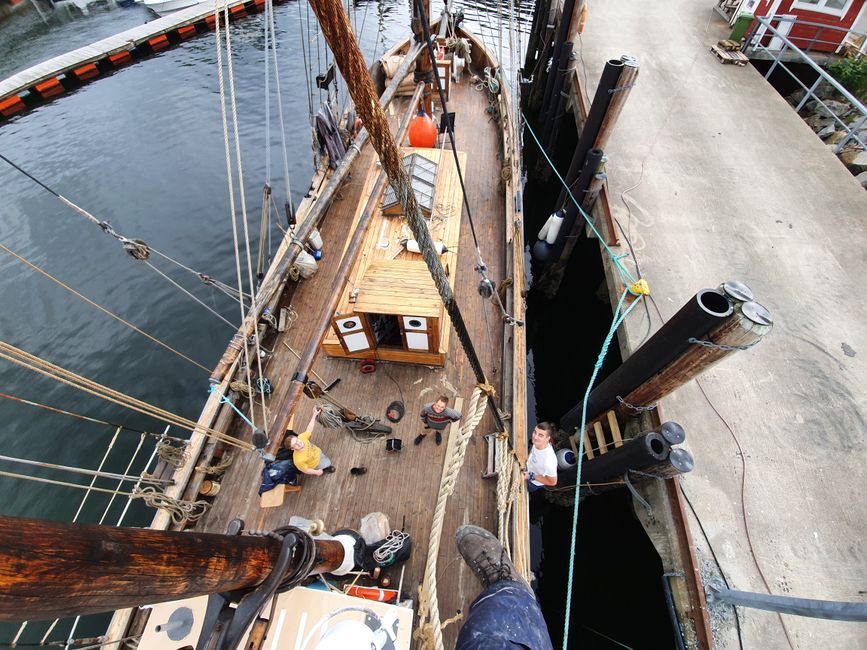
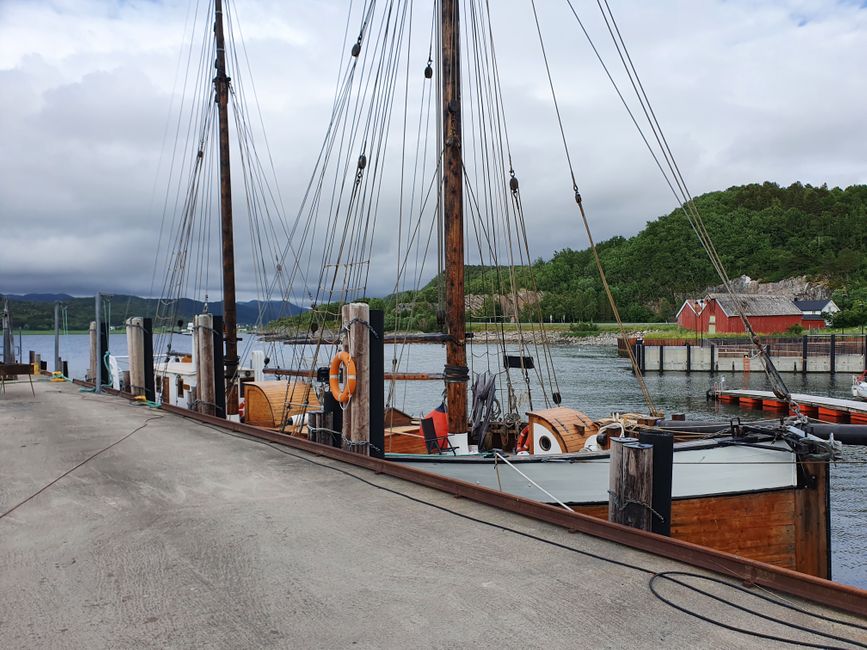
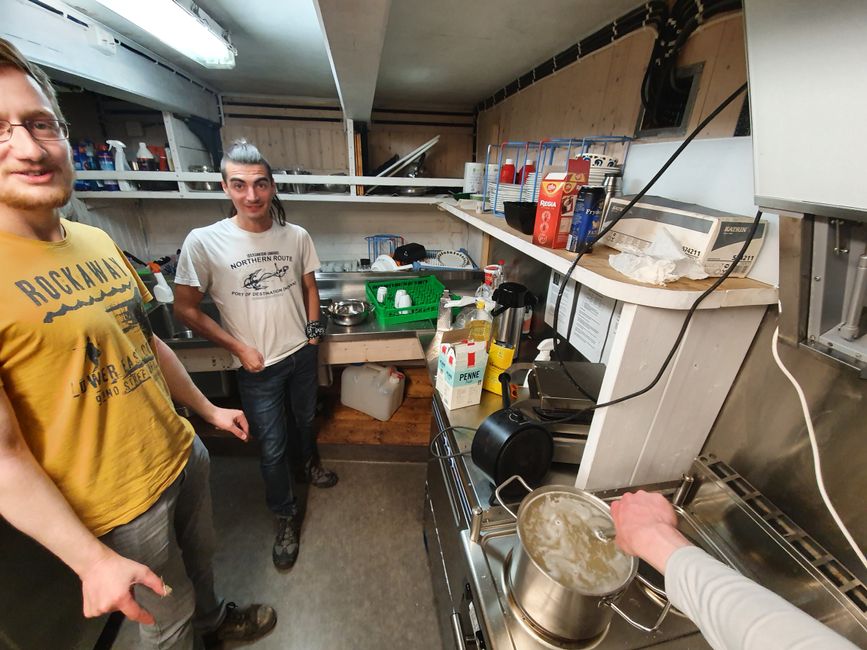
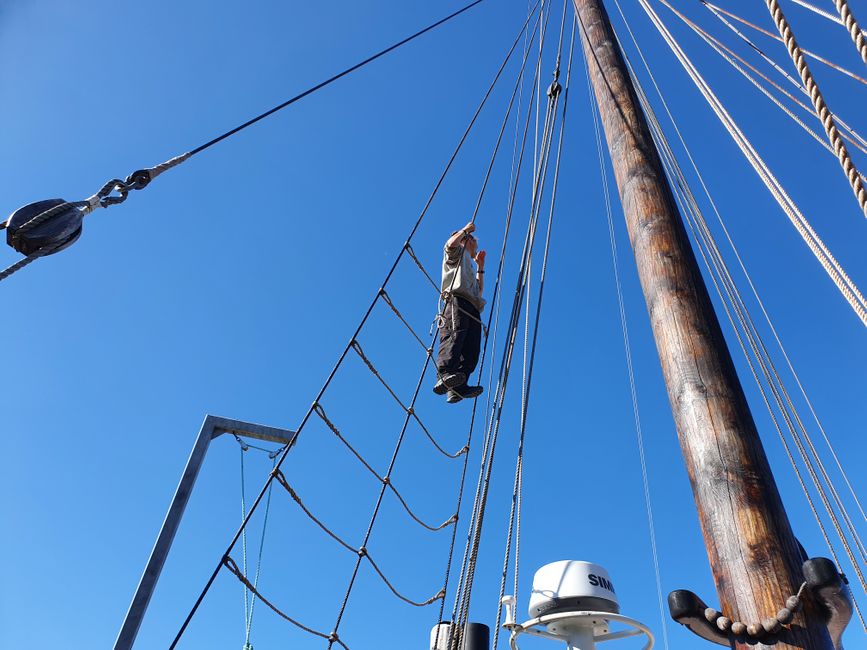
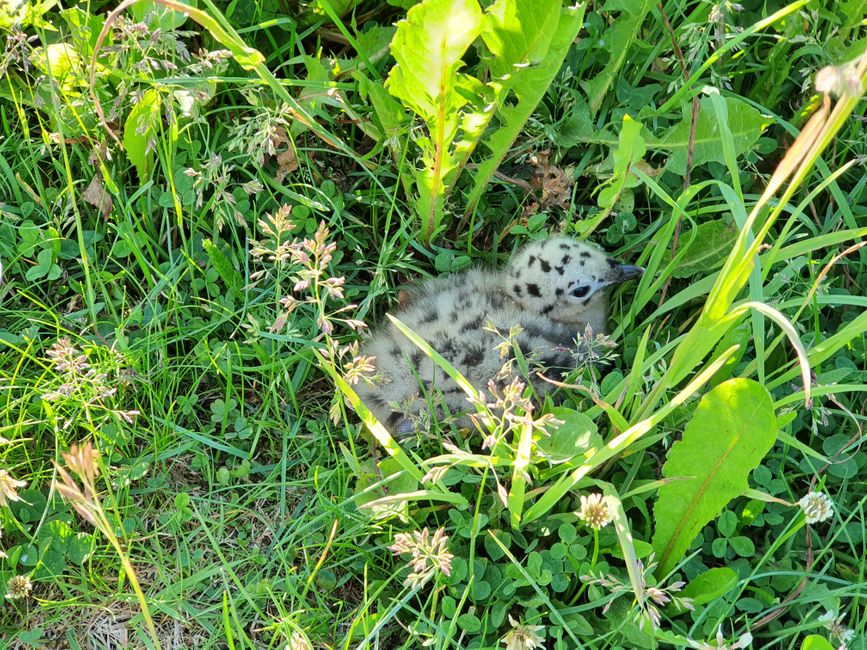
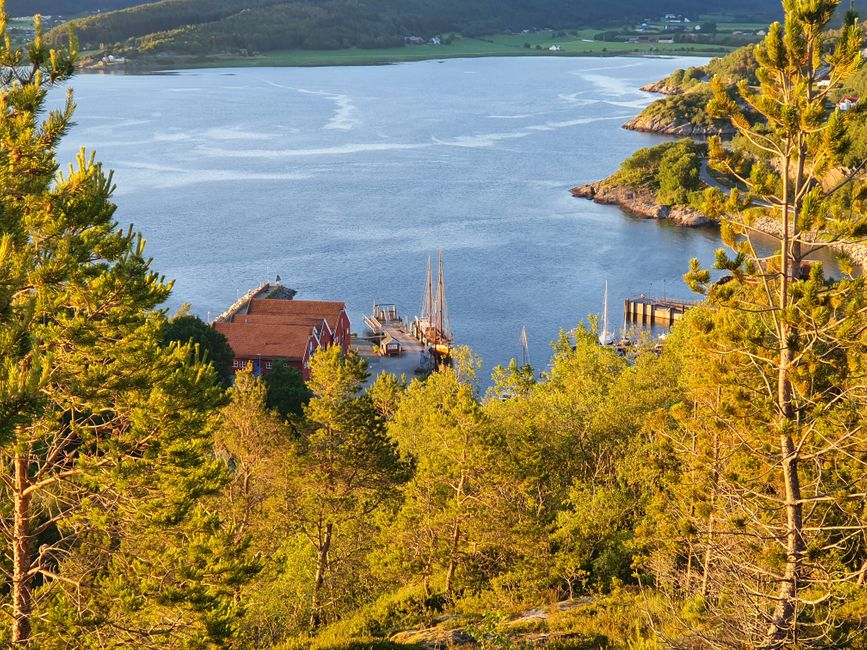
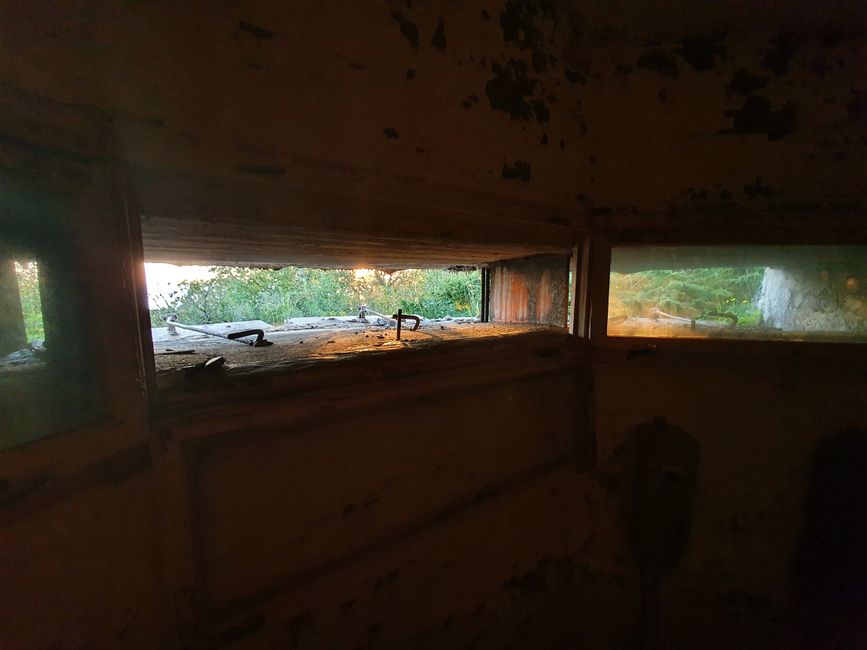
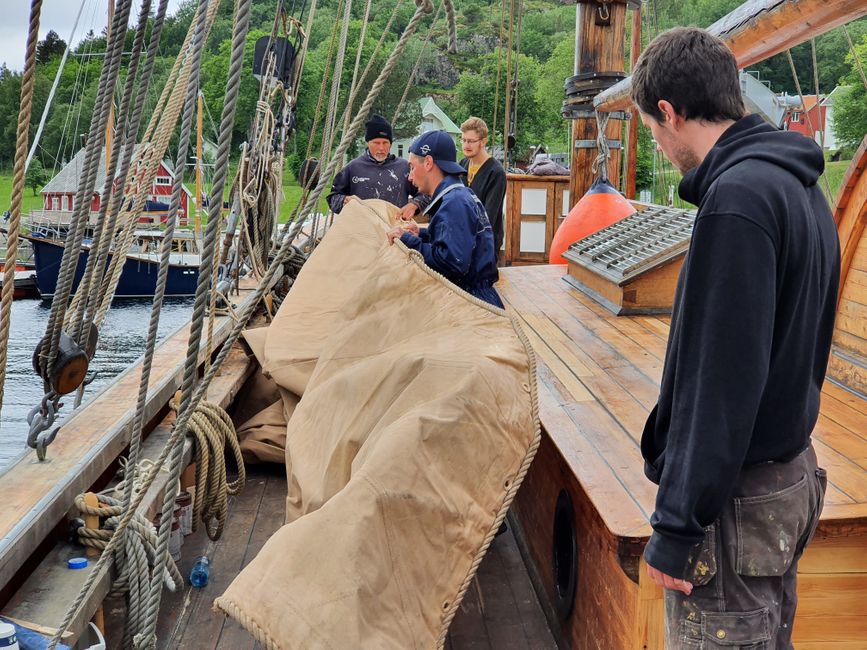
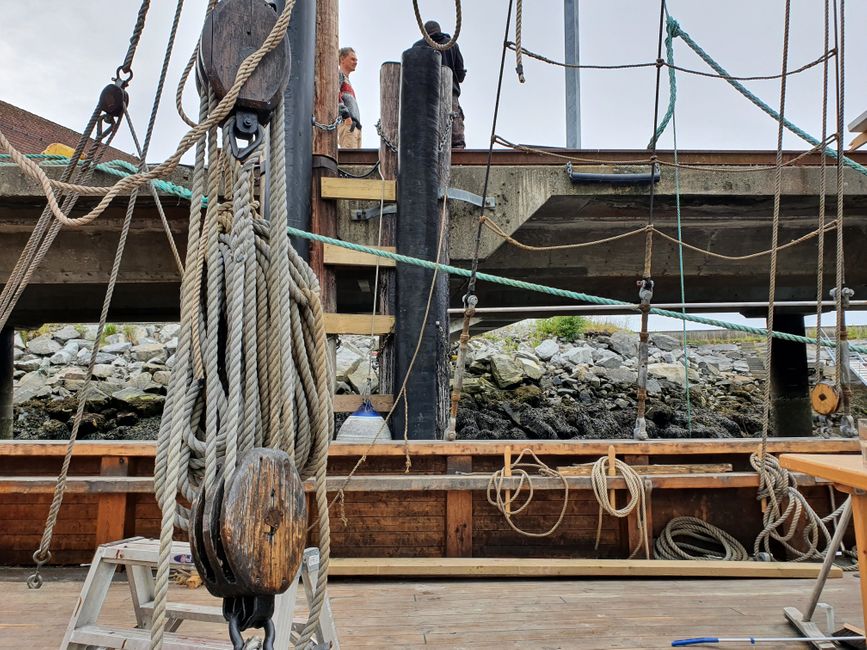
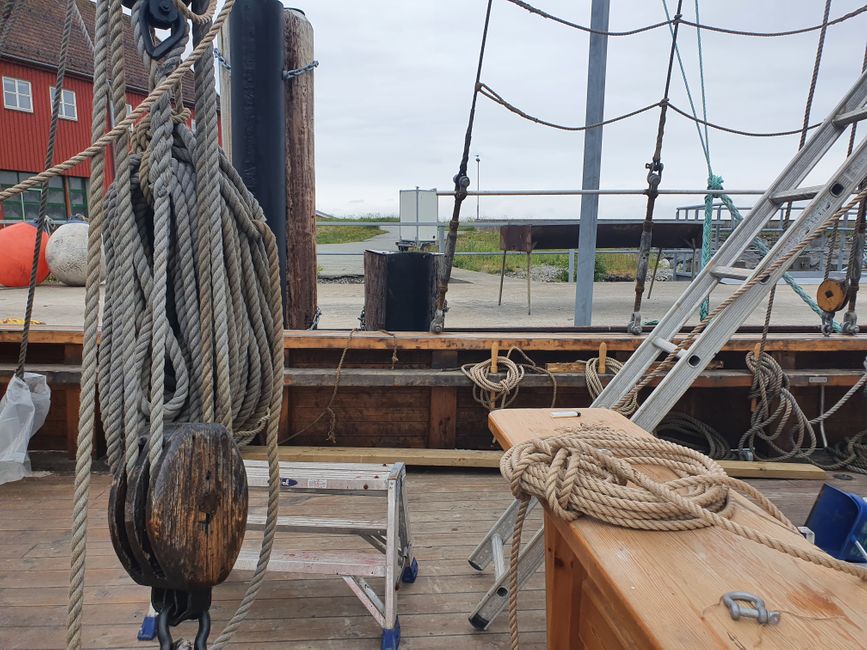
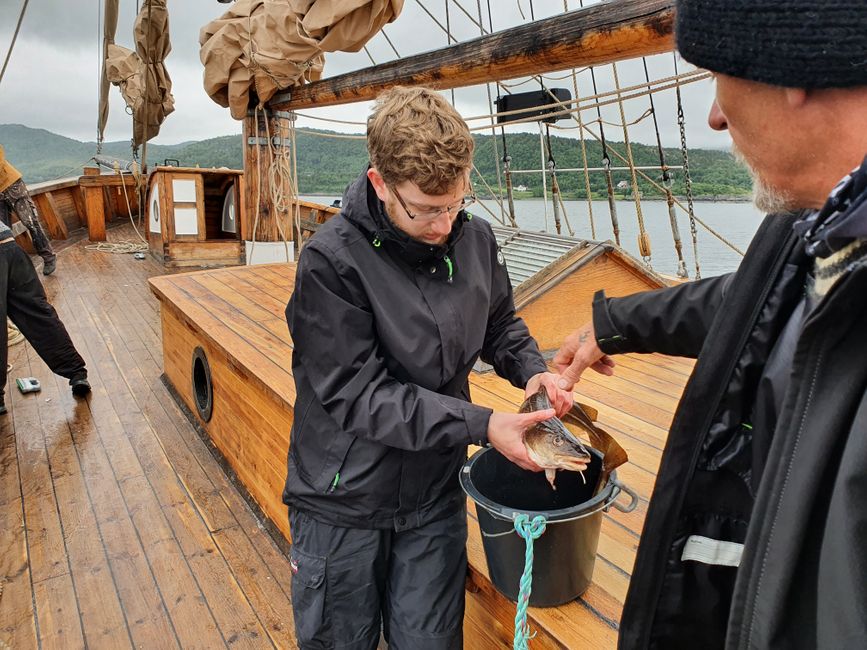
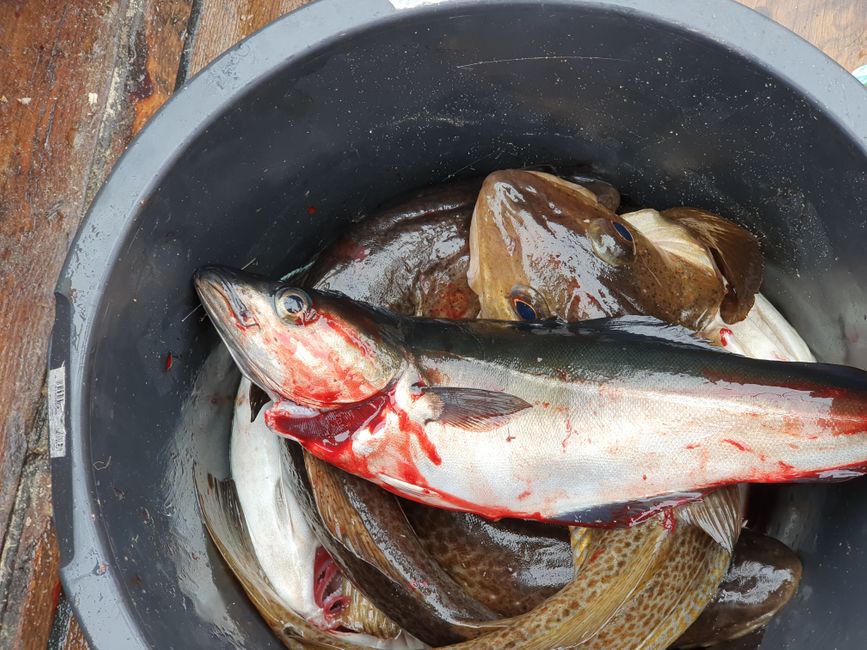
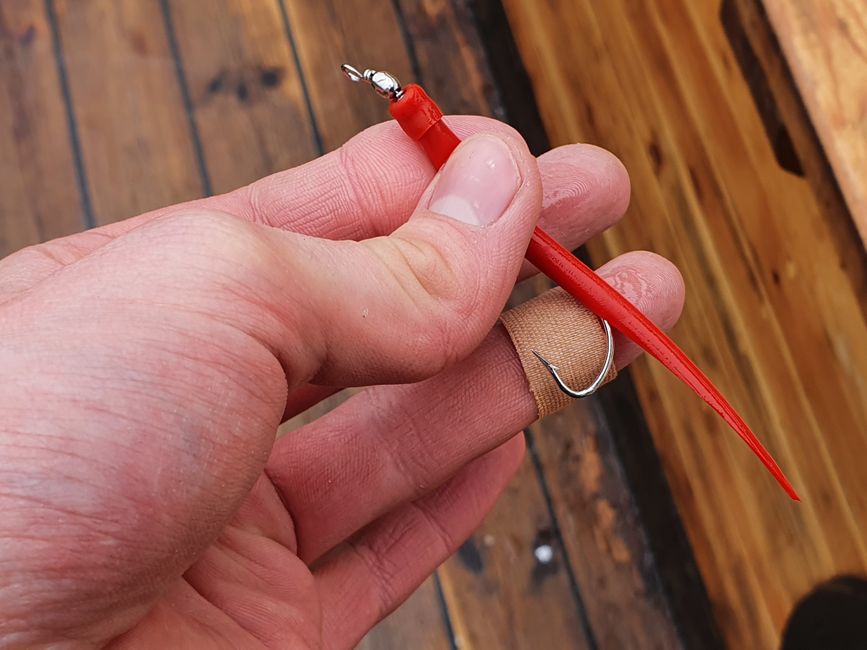
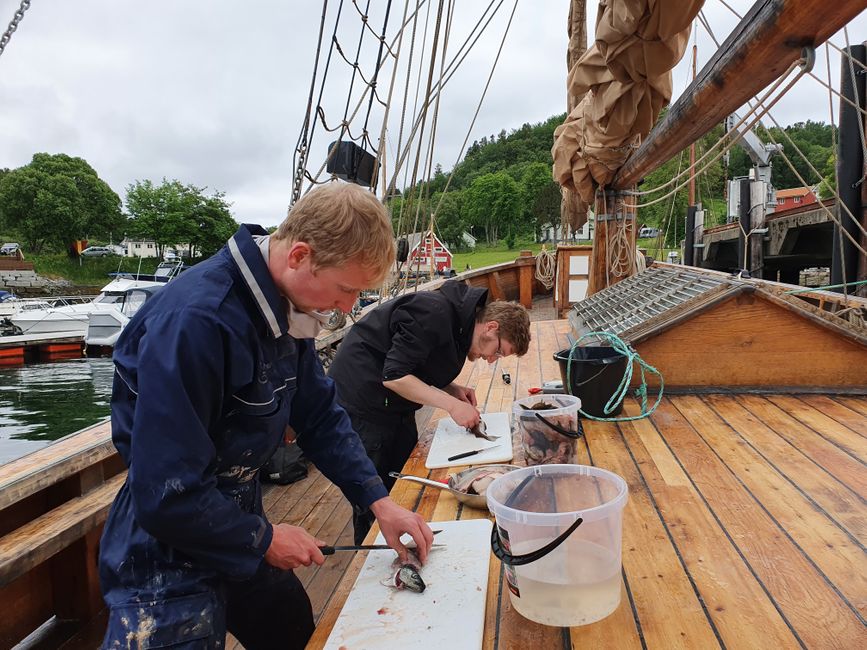
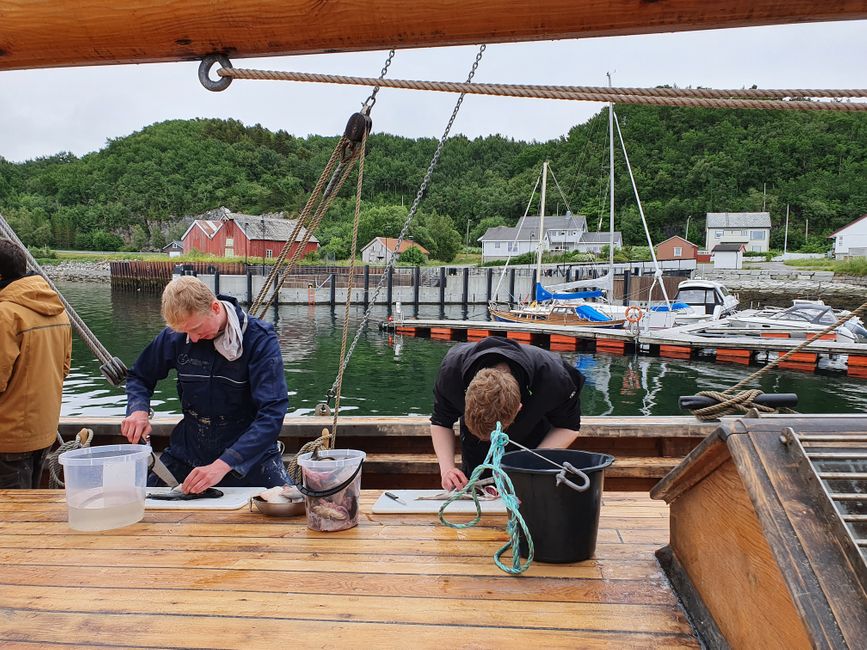
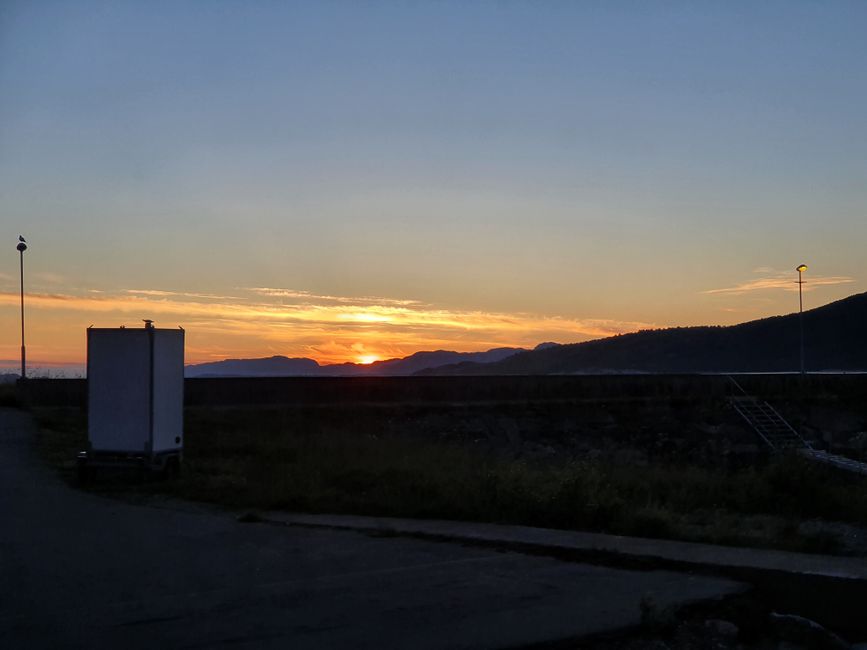
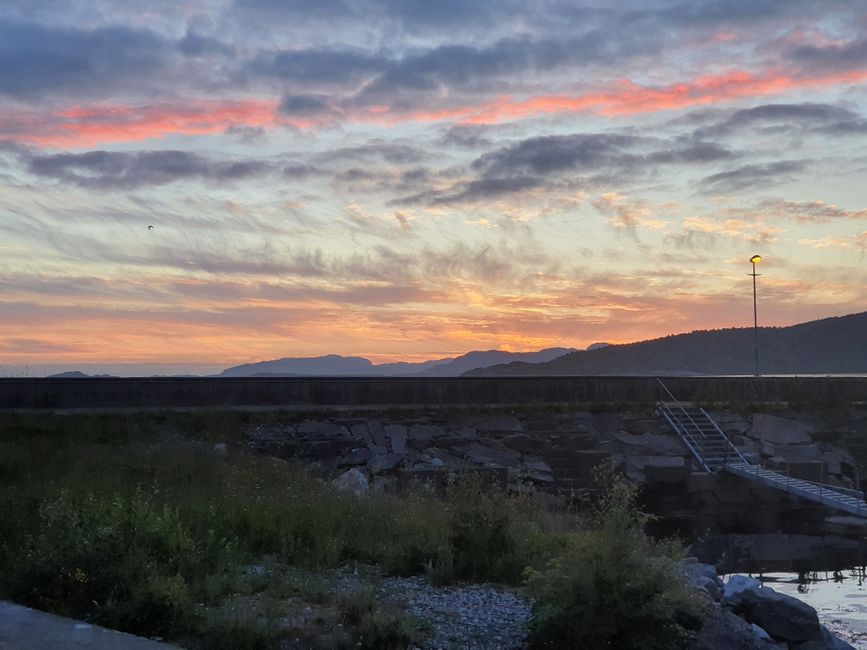
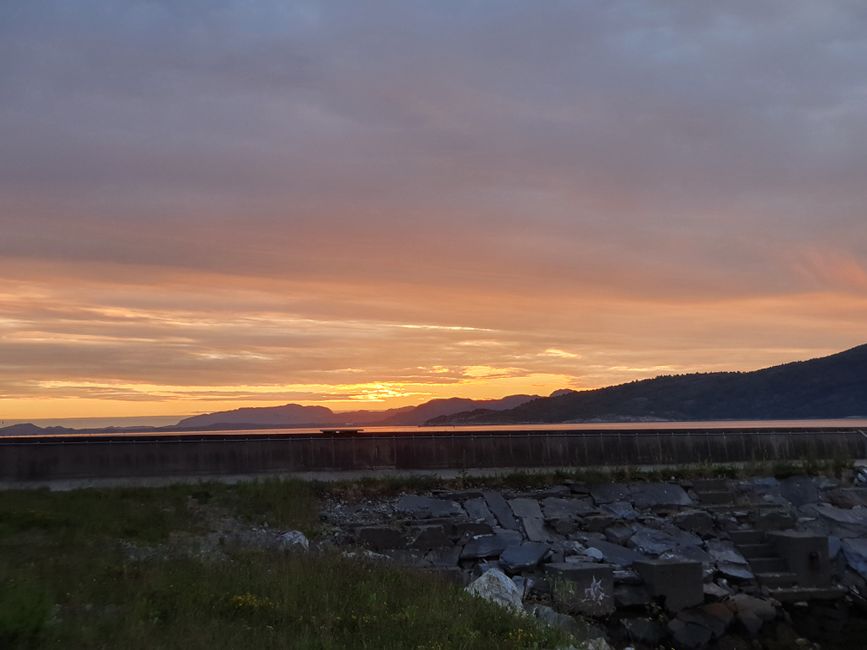
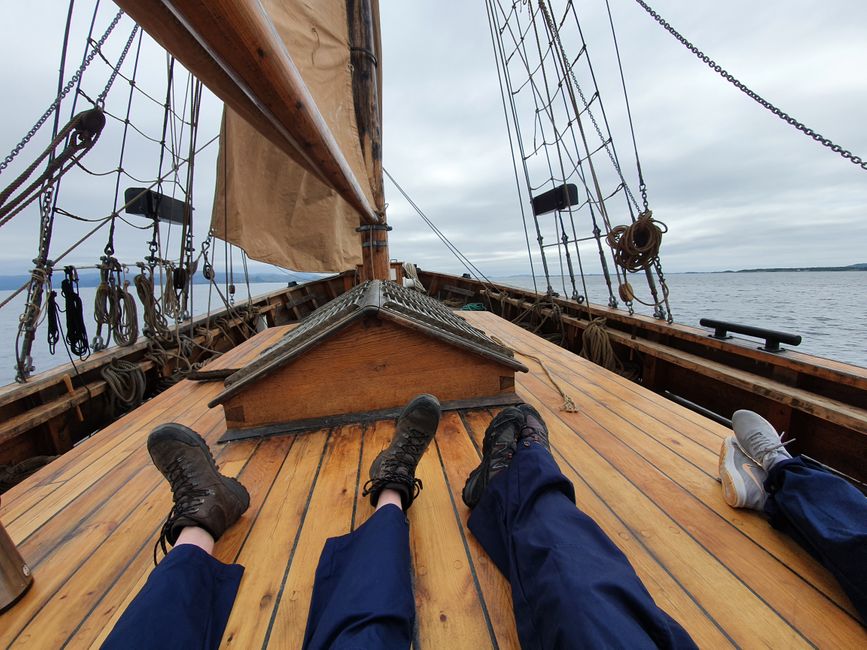
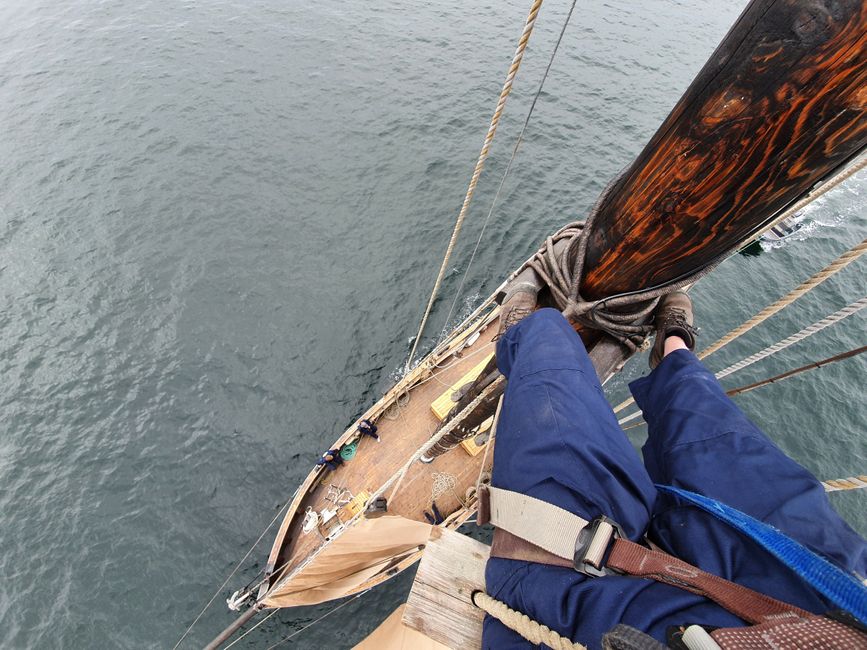
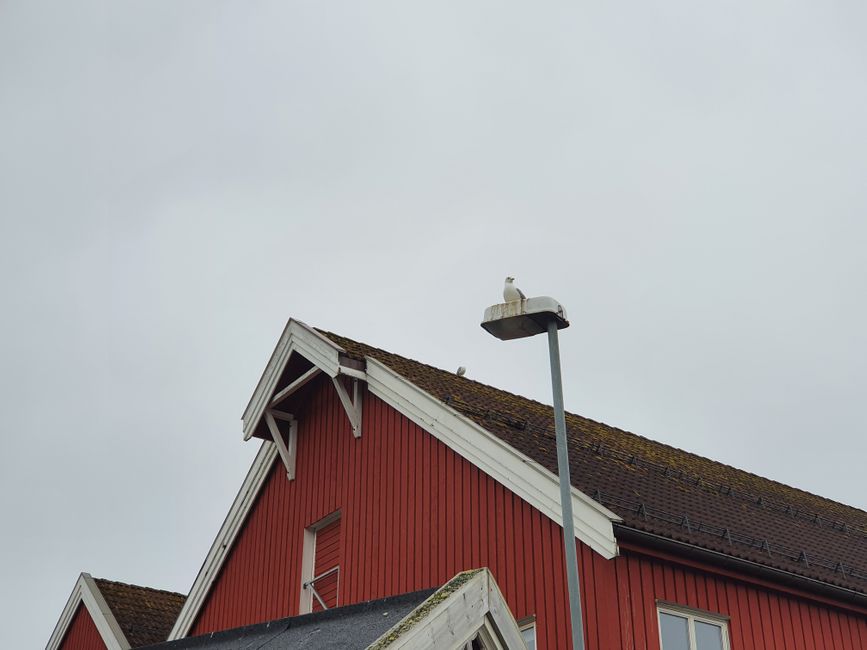
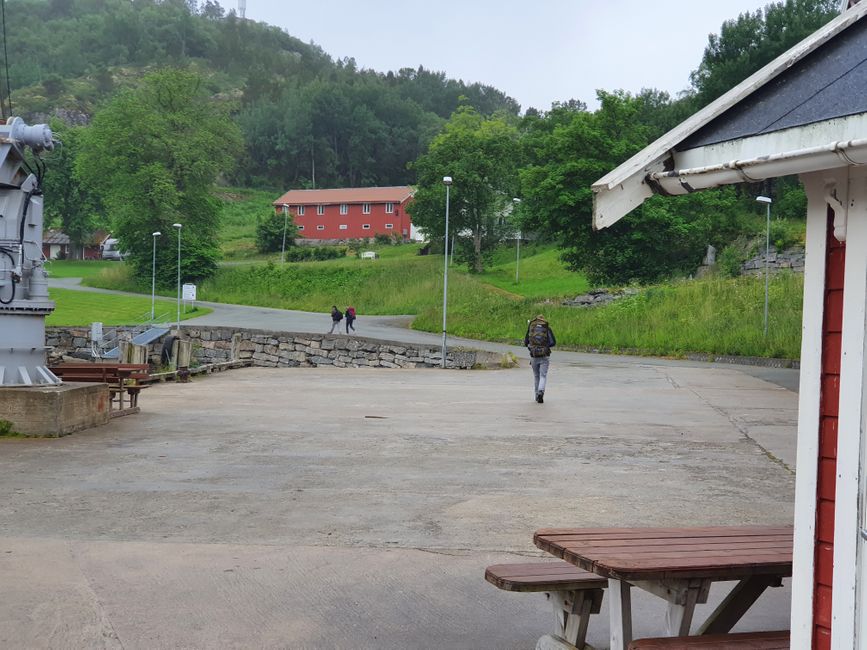
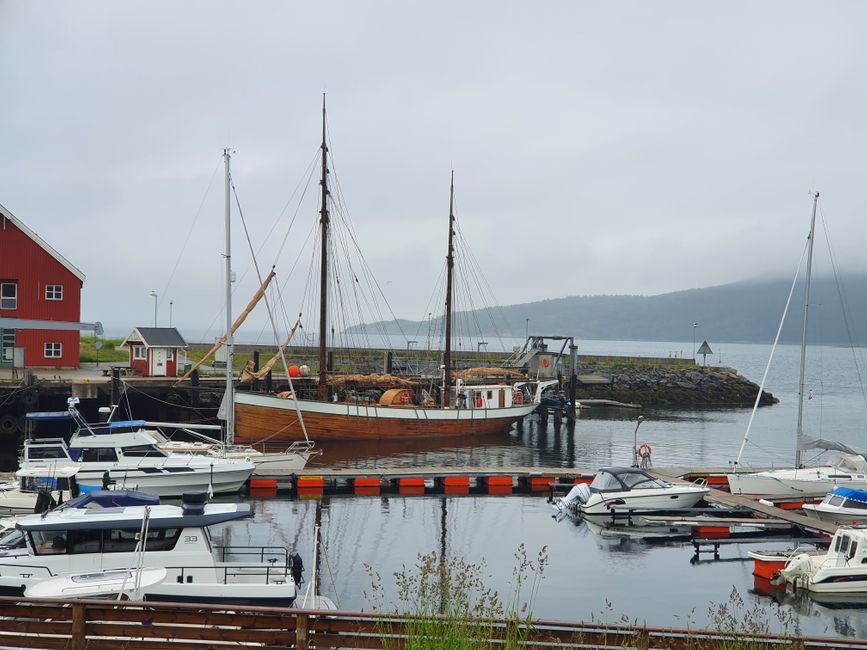
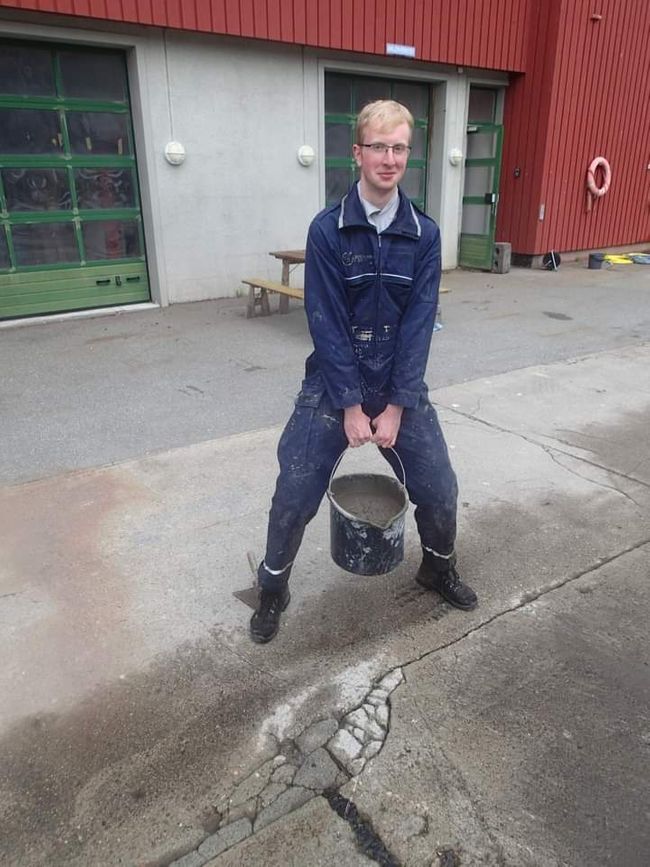
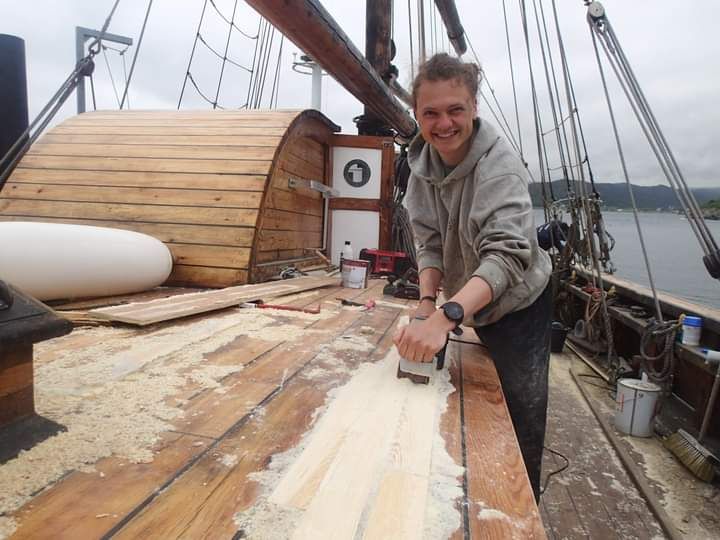
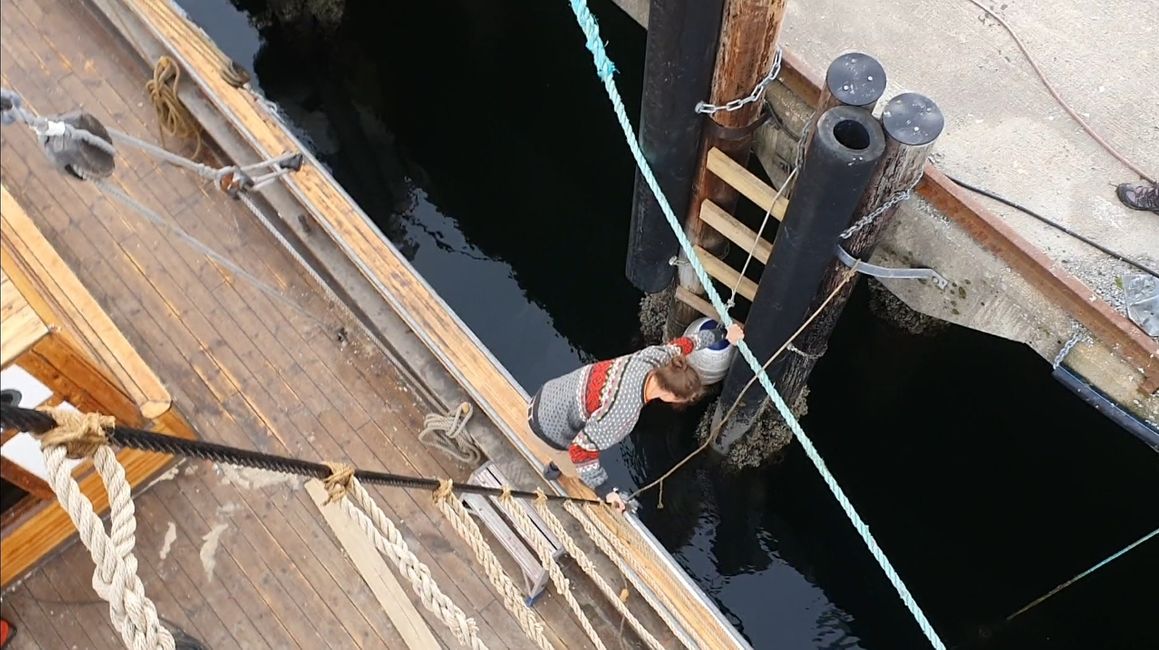
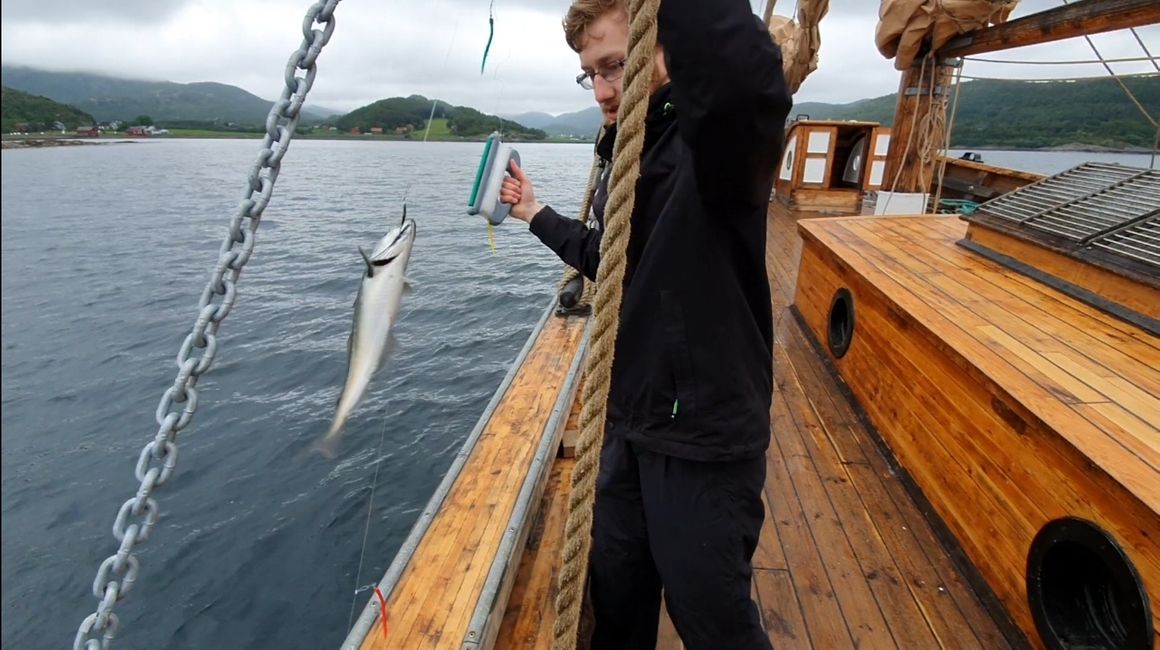
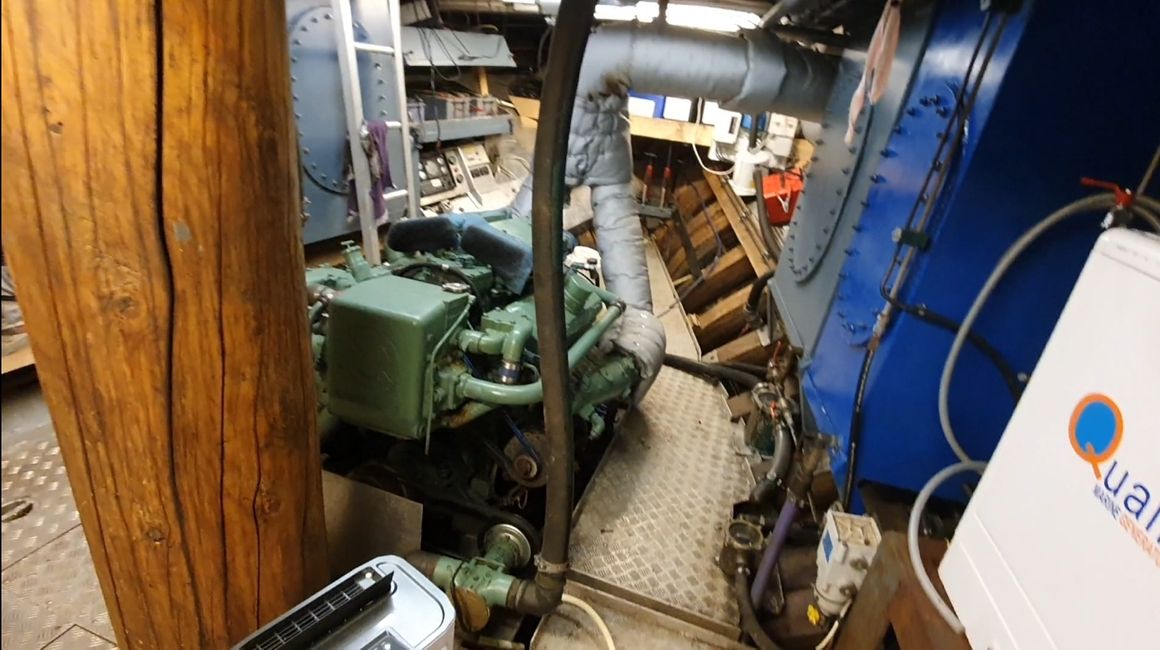
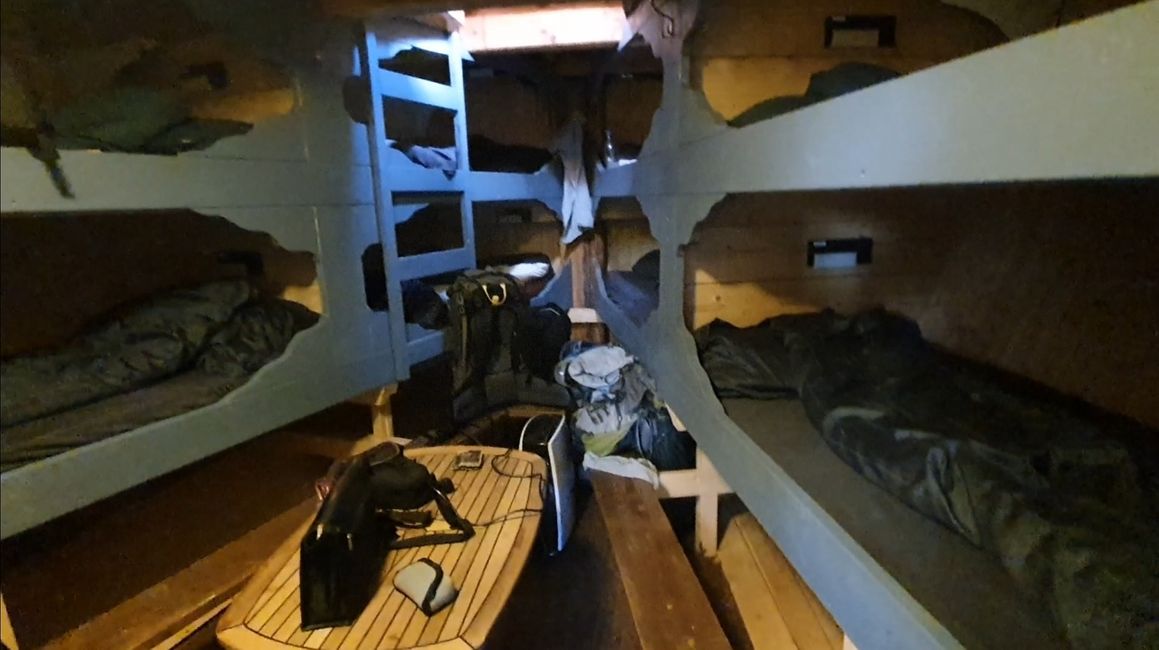
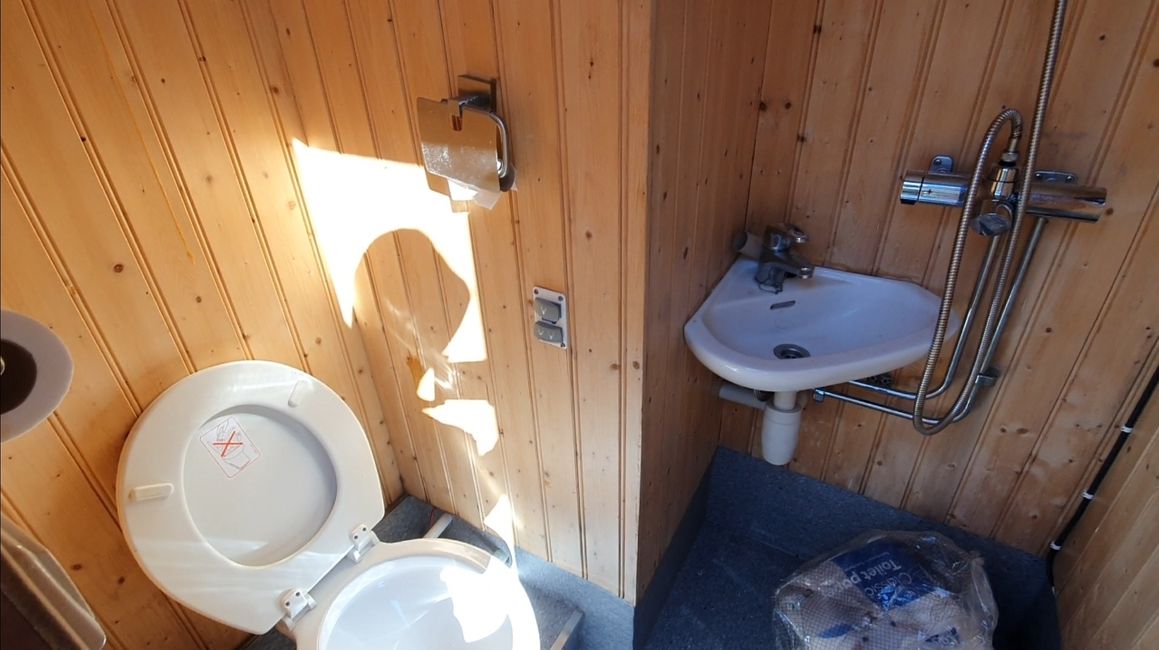
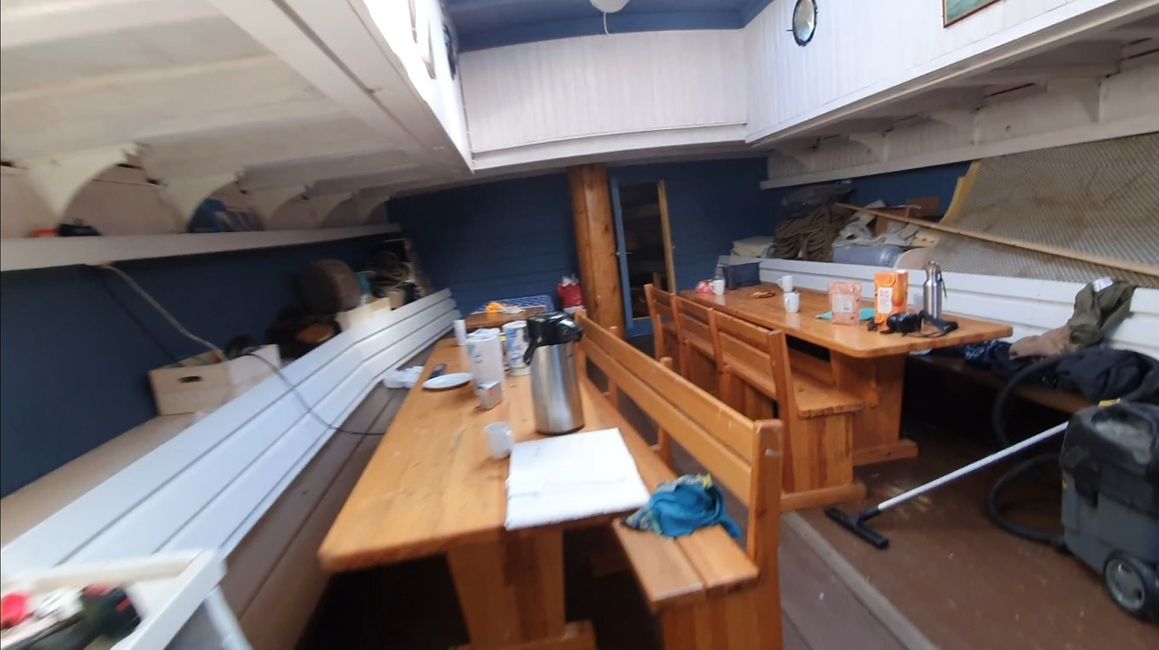
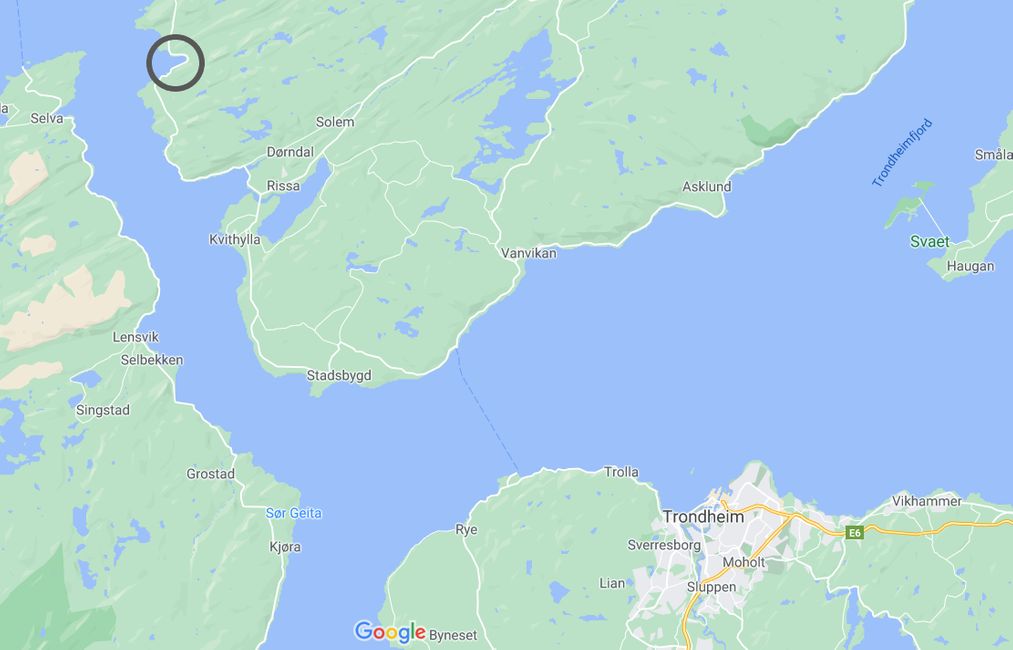
Ynskriuwe foar Nijsbrief
At the end of May, a student wrote in the large WhatsApp group of exchange students. She and her group of friends had met a captain on a road trip to Bergen, who, as it turned out later, was restoring a ship near Trondheim. He invited them and their friends to help out on the ship in exchange for room and board. She offered to act as a correspondent between the captain and the students in Trondheim.
That's how I learned about the opportunity to work as a helper on the S/K HELT. The organization determined that the week from June 21st to June 28th would be a suitable period. I and 5 other students signed up for this period. Coincidentally, I already knew 4 of them, partly because I was able to convince Uli and Martin to participate. I had already taken a hike and the beginning of the trip to the Lofoten Islands with the Frenchman Valentin, and Sabine also lives in my student village. Only the Hungarian Domonkos was a new face. Although it could be considered a pity not to meet so many new faces, this could not distract from the fact that it was an outstanding company. We were able to appreciate the time just before the departure of the others. (If any of you are reading this - thank you! I couldn't have asked for better company!)
And so, 3 days after my return from the Lofoten camping trip, the week on the sailing yacht began. Martin, Uli, Valentin and I were the first to arrive and on Monday we took the Hurtigbåt ferry from Trondheim to Hasselvika, where the sailing yacht was moored in the harbor.

On that day, I had the opportunity for the first time to see and use a Hurtigbåt up close. These high-speed ships, which are mostly used in Norway, have a divided, catamaran-shaped hull, so that despite having 100 or more passengers, they can achieve tremendous speed. It's quite a different experience to travel at 60 km/h on a boat of this size. 45 minutes later, we went ashore and were greeted by our captain Børje Møster. The S/K HELT, with its 30 meters in length and 20 meters high masts, stood out from the harbor.
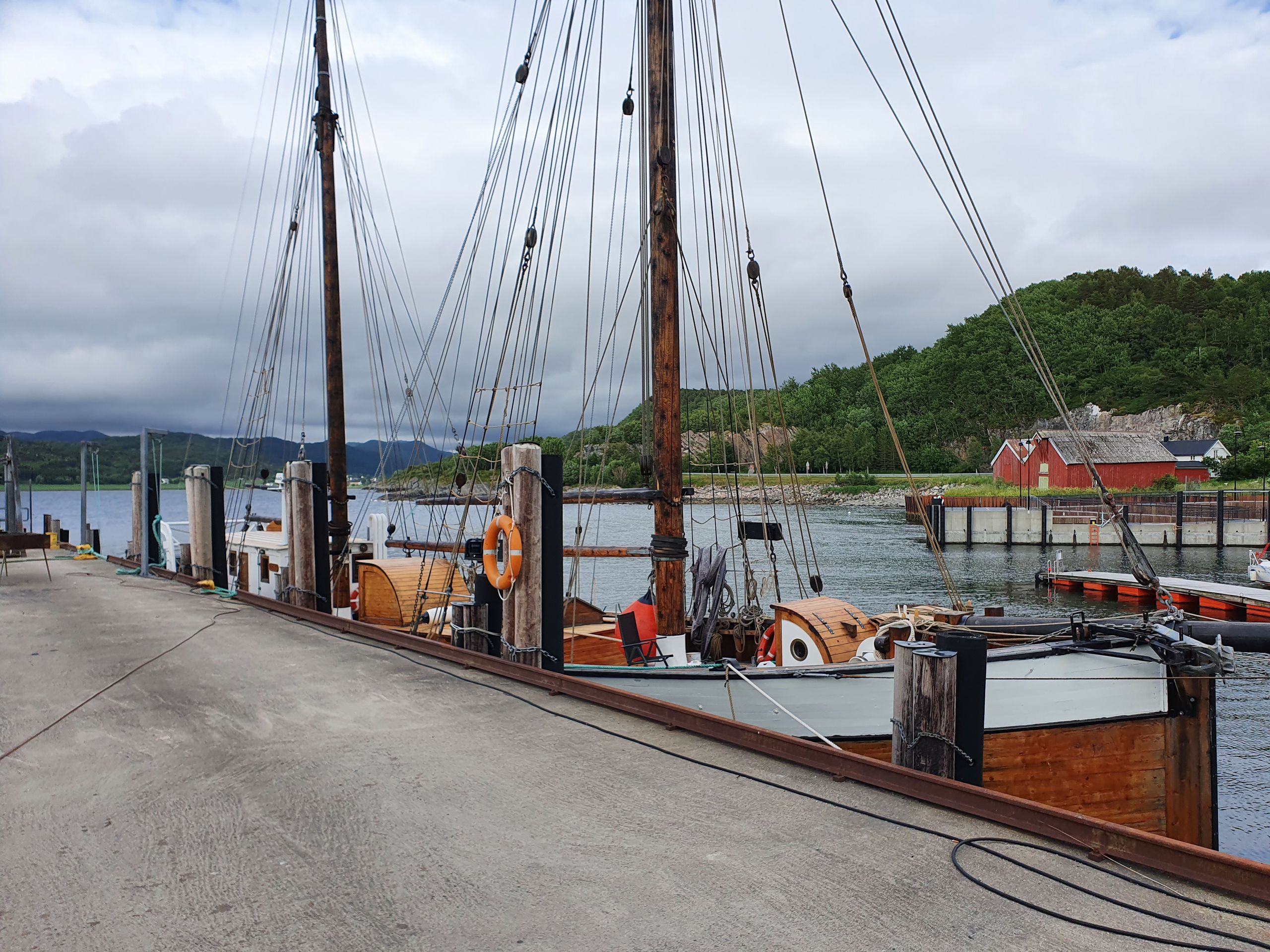
He introduced us to the operations on the ship and showed us the various rooms. Galley, bunk, navigation and engine room. And of course the common room, which is more spacious than one might initially think. The first tasks were assigned while Børje went to get supplies for the week.
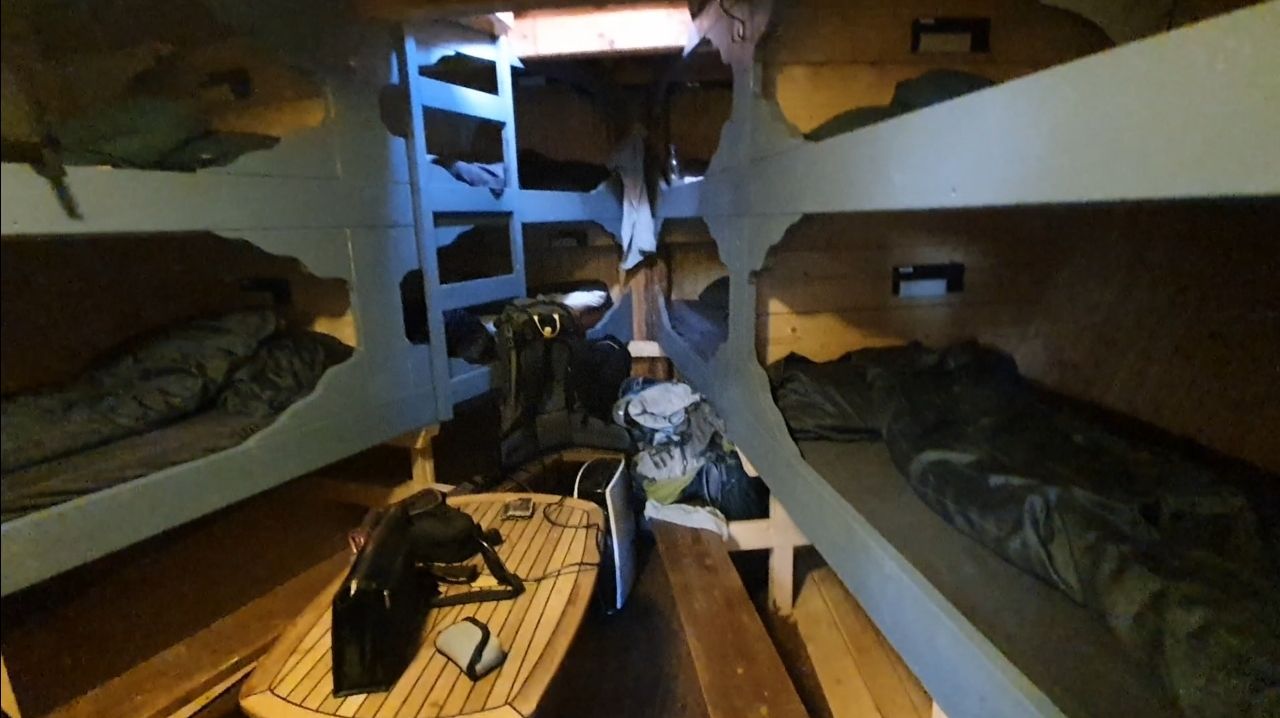

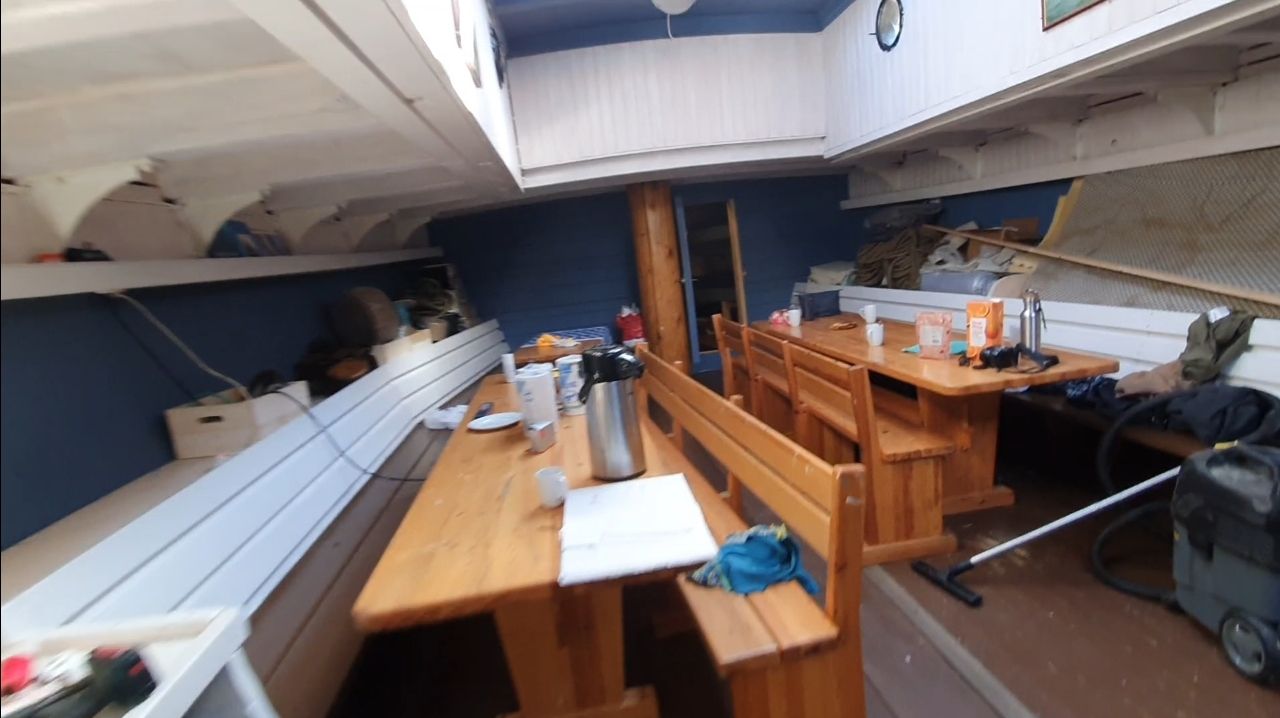
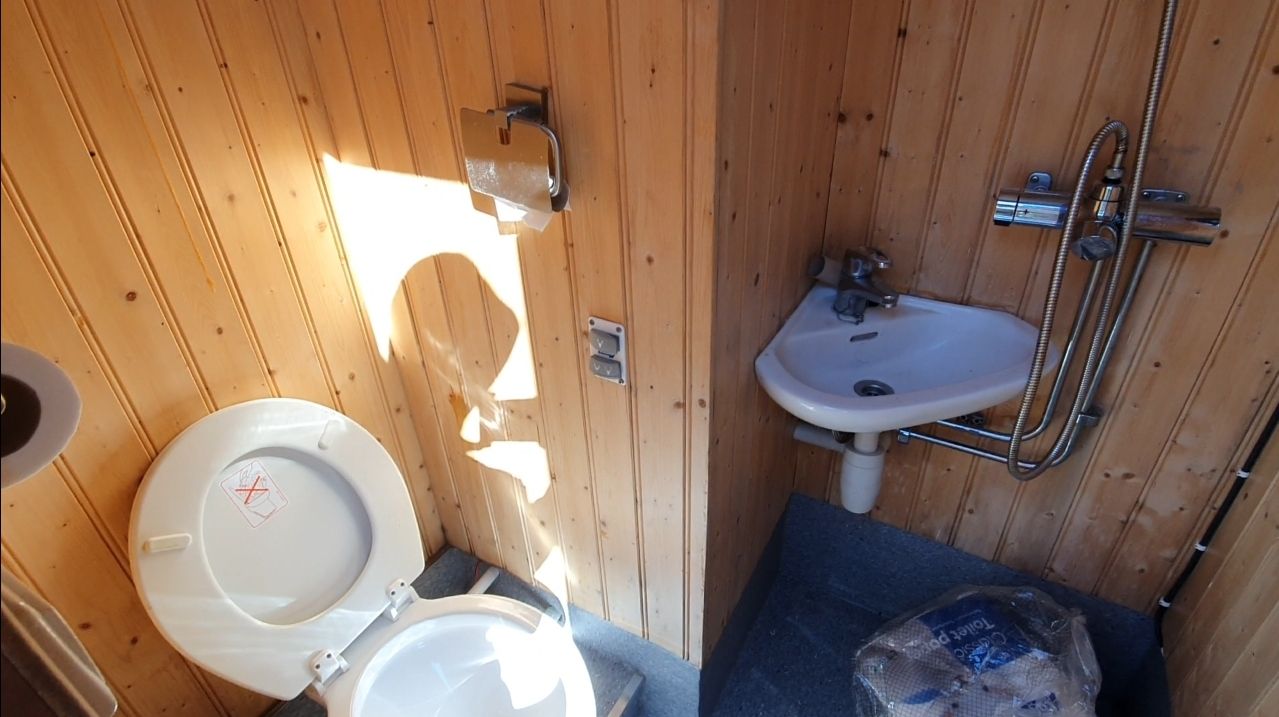
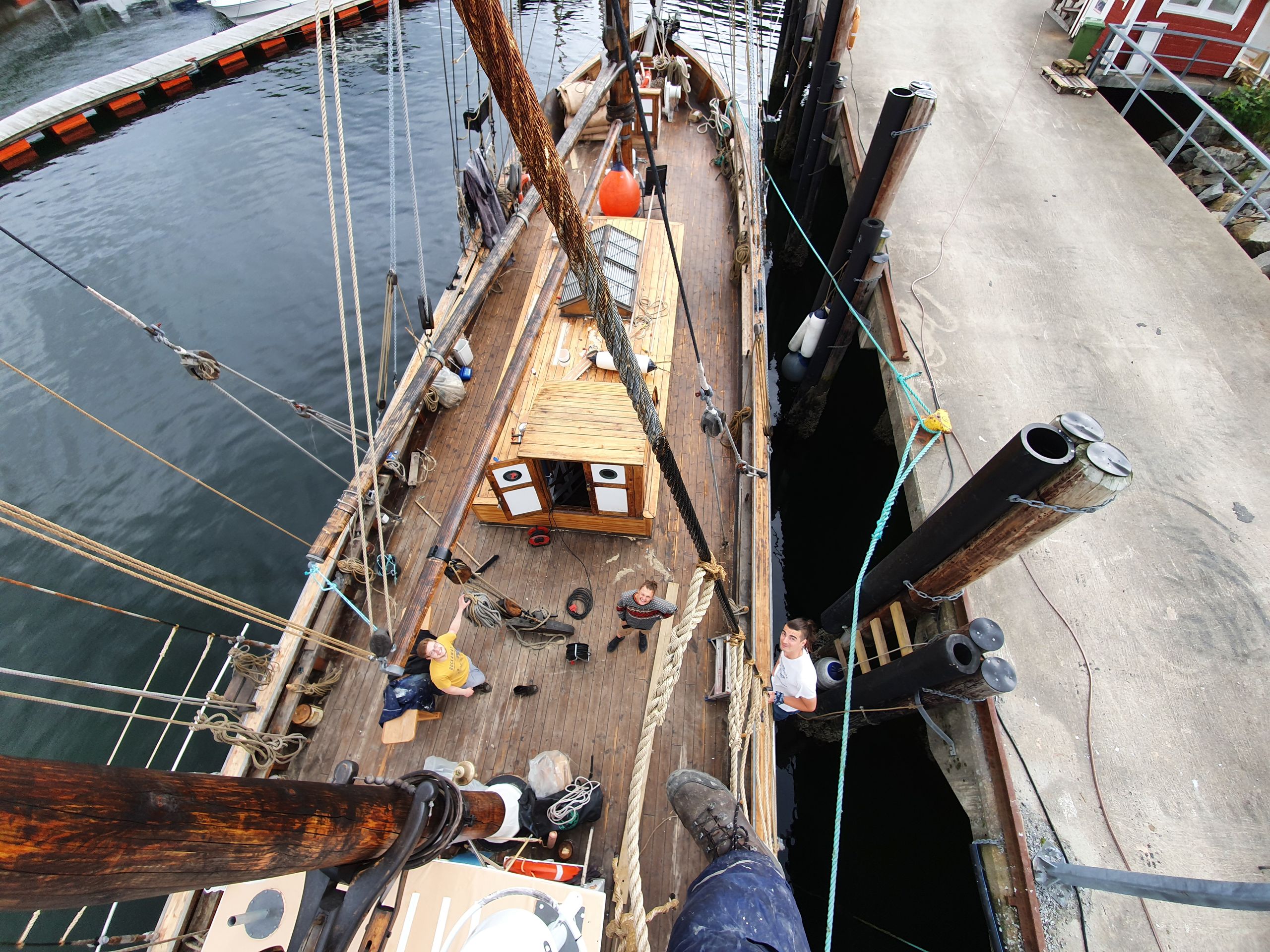
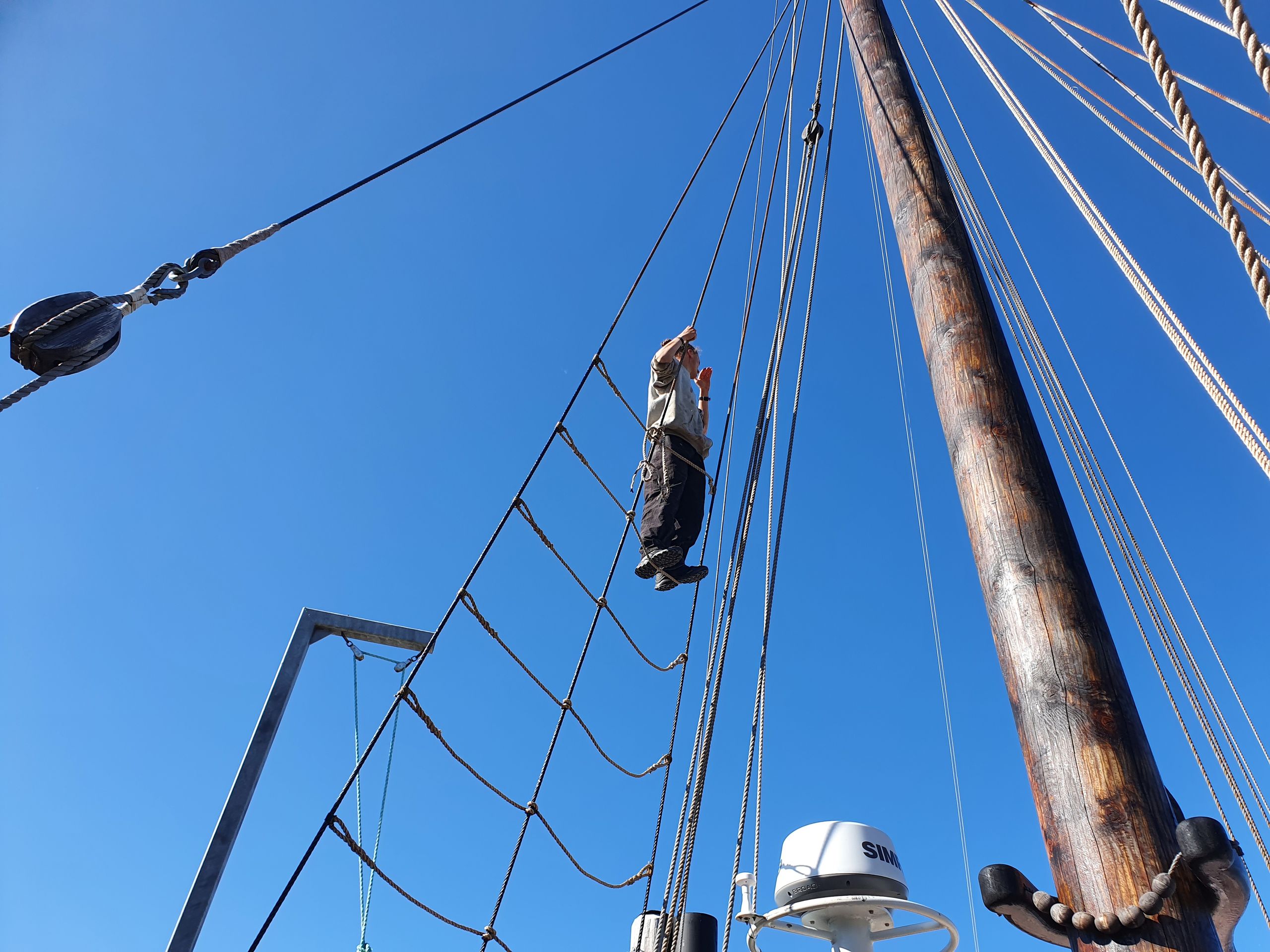
Since the ship was built in 1932, many repair works have been carried out over time. To regain the passenger license, it is necessary to perform various tasks. Sanding off old deck oil, applying new oil, rigging the rope ladders with ropes, and, last but not least, the famous scrubbing of the deck were all part of our tasks. We also took care of repairing holes in the harbor, where the ship was allowed to stay for free in exchange for maintenance work. So Martin and I took on the majority of the work on the first day, mixing concrete and filling in the holes in the harbor.
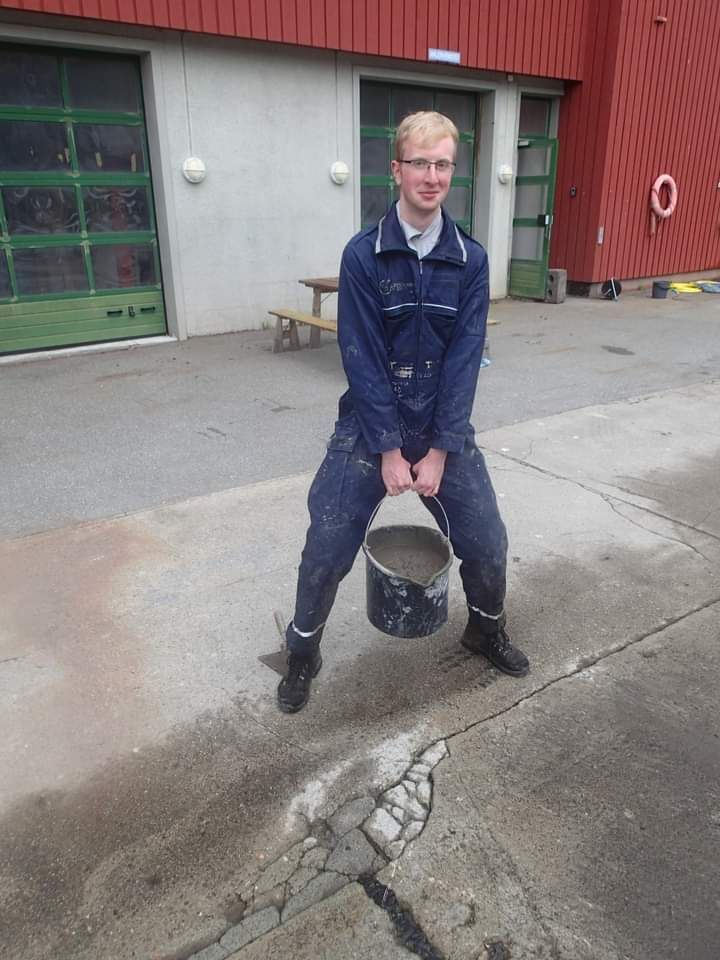
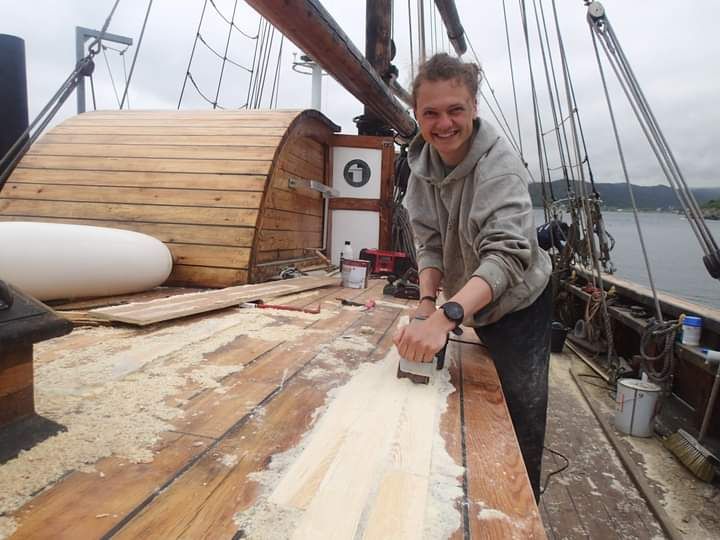
Lunch was prepared by Børje, and during the meal, we could listen to what he had done in his life. The S/K HELT was in his possession for a while after 1990, and he carried out passenger trips. He also owned an organic farm near Bergen, where he also accepted volunteer helpers and thus encountered many different faces. Cleaning up littered beaches along the Norwegian coast was also part of his repertoire of experiences. All in all, a person with an extremely positive mindset. Therefore, the work was also a great experience as he left a lot to our own judgment. We never felt like we were being watched, and I think that is reflected positively in the results. Each of us has put a real piece of individual work into the boat HELT. There was a shower and a toilet on board, but we mostly used the toilets on land to save water and reduce the need to empty the septic tank. This was done directly into the harbor water and should be done as rarely as possible. When you see the murky wastewater being pumped under the ship into the harbor water, you can see why. Showering, on the other hand, which produces manageable amounts of dirty water, was a very welcome facility after sweaty work. Using the toilets on land, however, proved to be a challenge in the first few days, as the ship's side lowers by about 3 meters due to the tide, and the wind blows the ship away from the dock, creating a 2-meter-wide gap. Balancing on the safety lines to overcome this gap proved to be a fun challenge, as it was associated with the manageable risk of jumping into the water. At other times, you simply take a step from the ship's side to the dock.
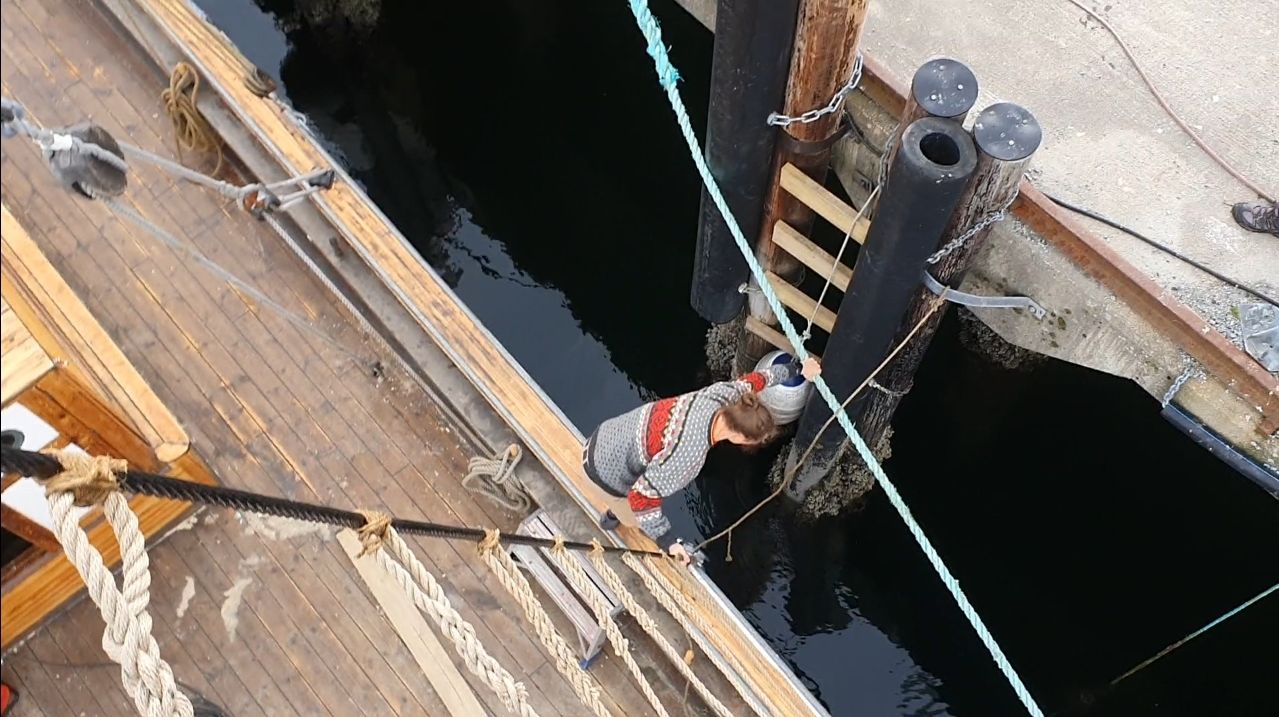
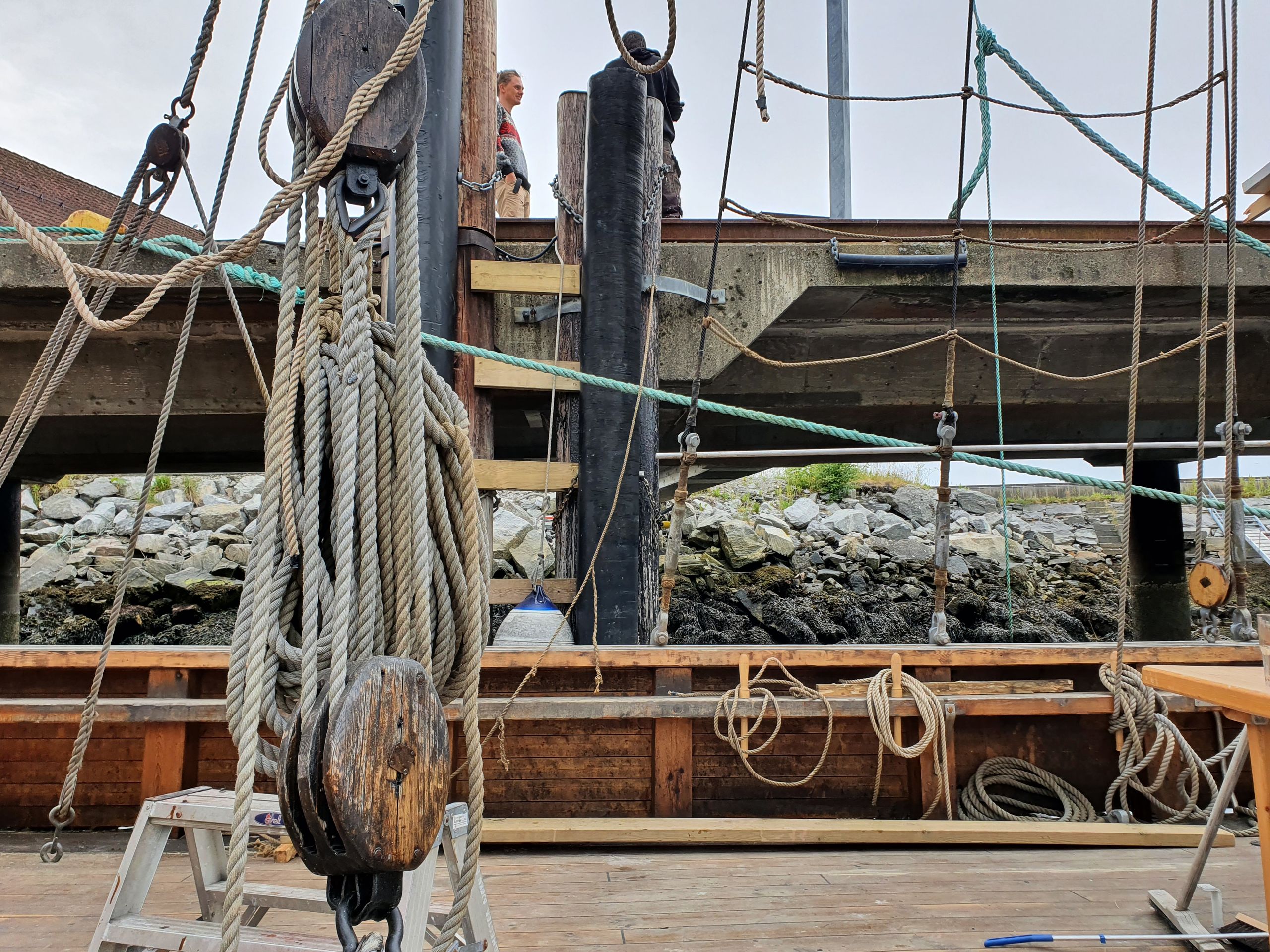

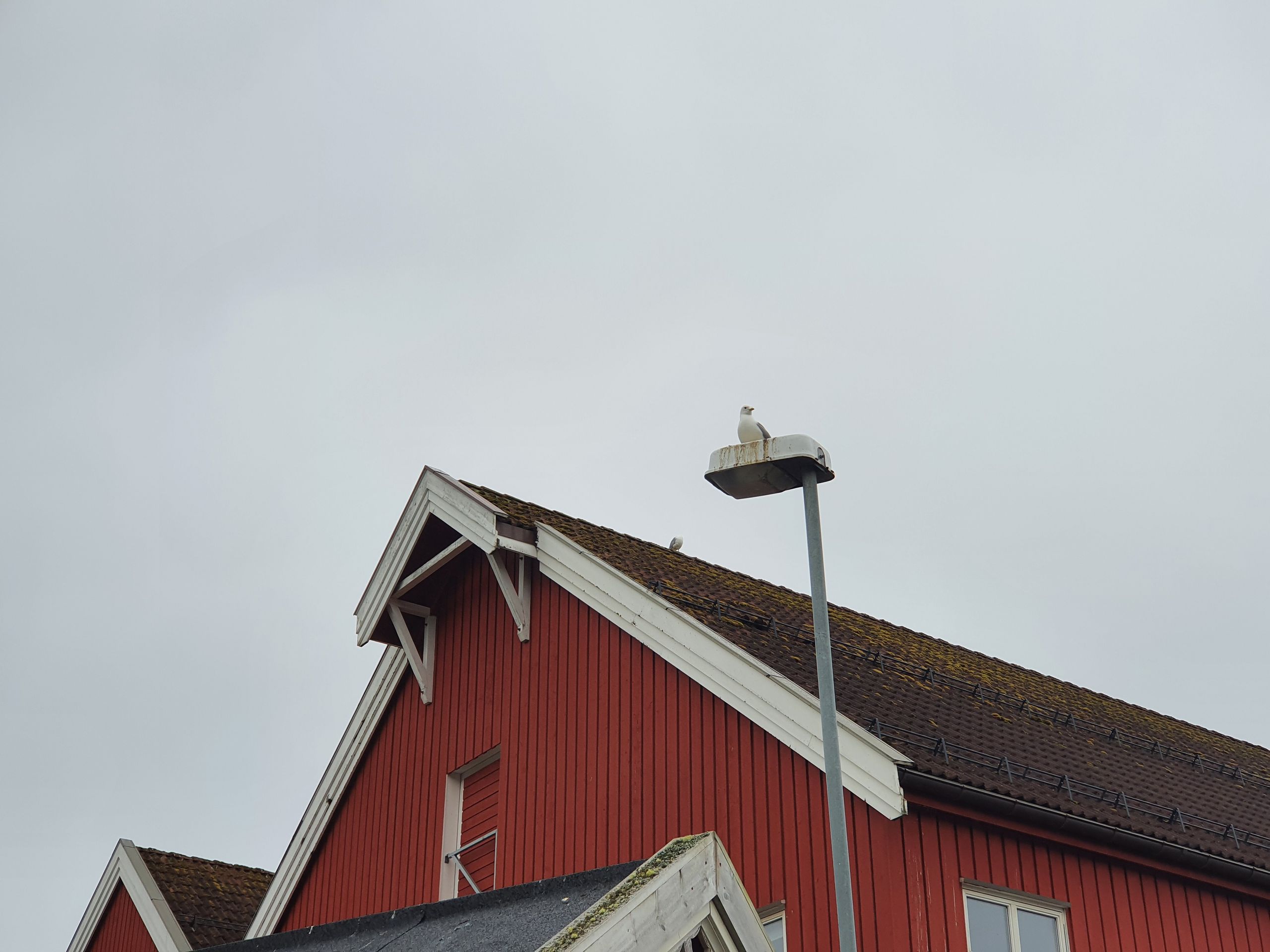
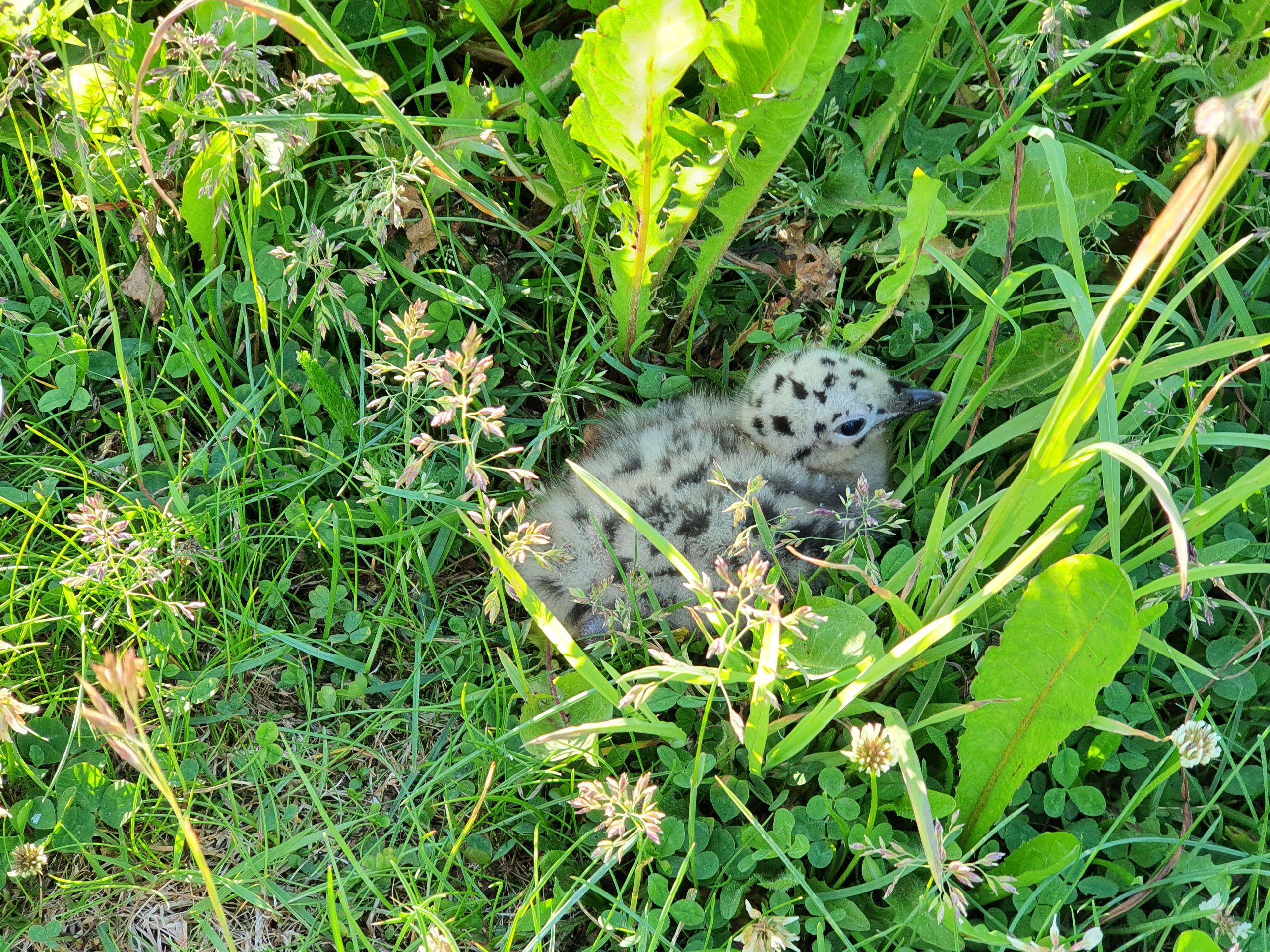
The first day came to an end and Børje bid us farewell. So it happened that we had the boat to ourselves in the evenings and could feel at home. In addition to enjoying quiet evenings on the boat, we also went on smaller excursions. Until 2000, there was an active military facility in Hasselvika, which can still be discovered today in the form of tunnels, old buildings, and bunkers.

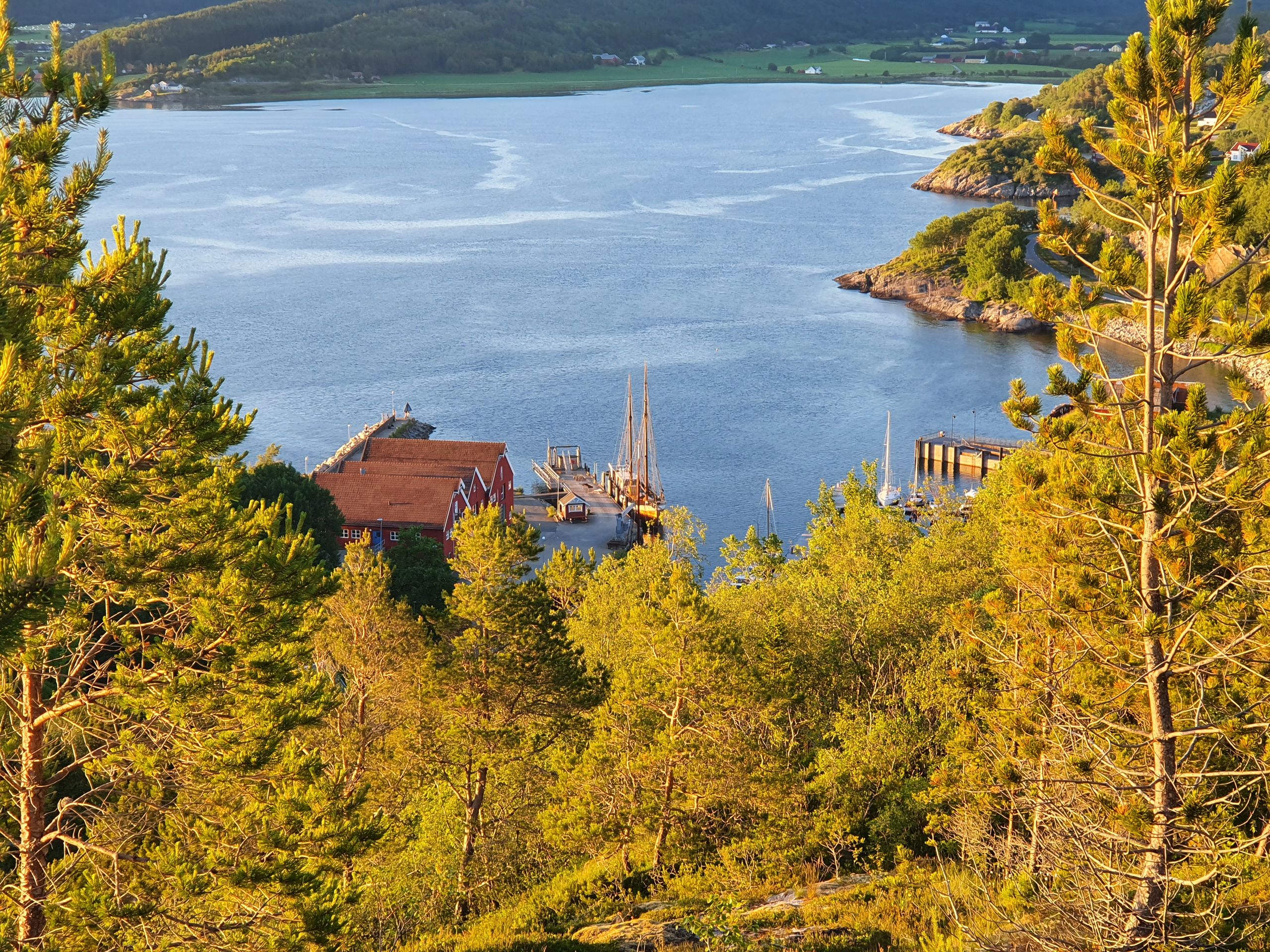
Uli was the first to leave to prepare for his departure. He left on Friday, so he would have missed the opportunity to see the boat in action, at least with the motor. Therefore, we took another trip on that day. I had also asked if a fishing trip would be possible. Børje then got us fishing equipment from the local store, in the form of fishing lines with 6 hooks and bait wrapped on a kind of handle. For fishing, you let the line unwind from the handle, and the lead weight at the end pulls the line into the depths. So on Thursday, we went out to try our luck with fishing. The first spot took some time but was not successful. We let our lines sink and then quickly pulled them a few meters back on board with our hands (the total length of the line was 100 meters) and then let them sink abruptly again to attract the fish to the bait. Since I wanted to pull up and let down from a greater distance, I came up with the brilliant idea to pull in 20 meters at once. As a result, unbeknownst to me, a tangle of lines built up on the deck and became a mess. This tangle could not be unraveled until we changed our fishing position, and after I was helped to pull in the remaining line without tangling, I gave up on my fishing opportunities for the day. When we reached the second spot, everyone lined up regularly at the railings and let the bait into the water - meanwhile, I was still focused on solving the line puzzle. This concentration was broken when Martin next to me revealed that he had noticed something on his line. Pulling it up revealed a cod weighing about 2 kilos, followed immediately by another one of the same size.
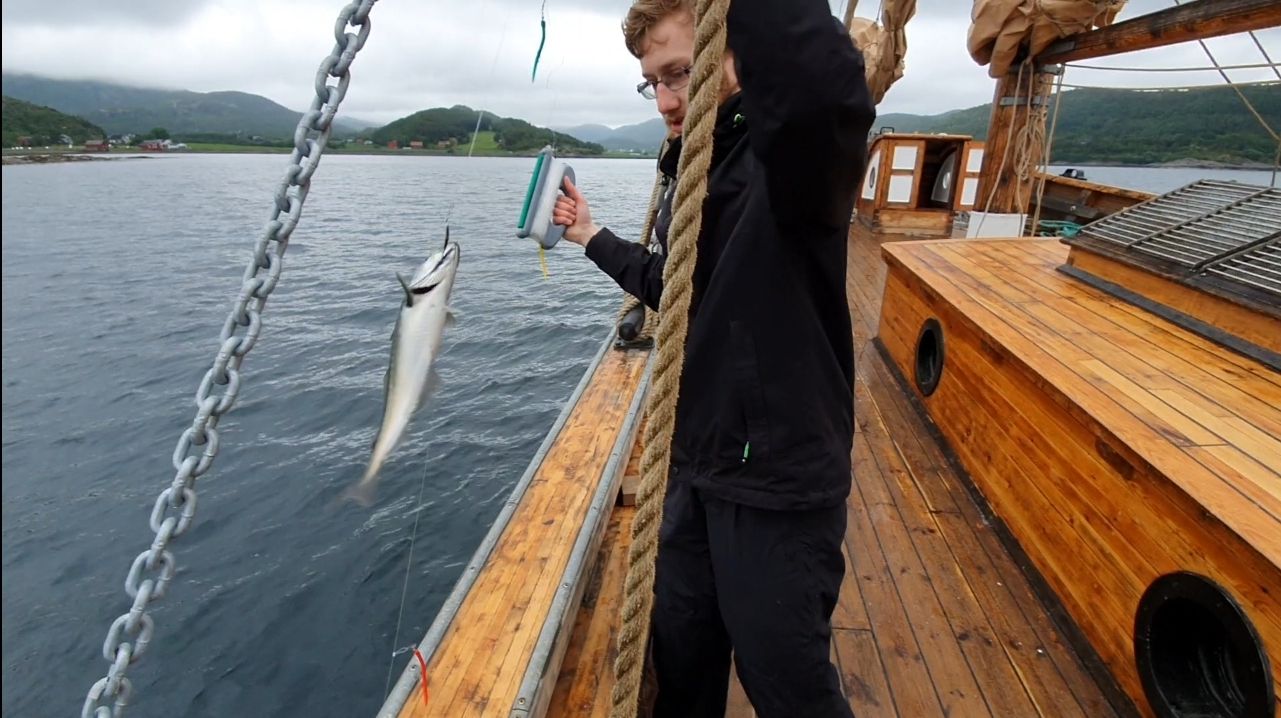

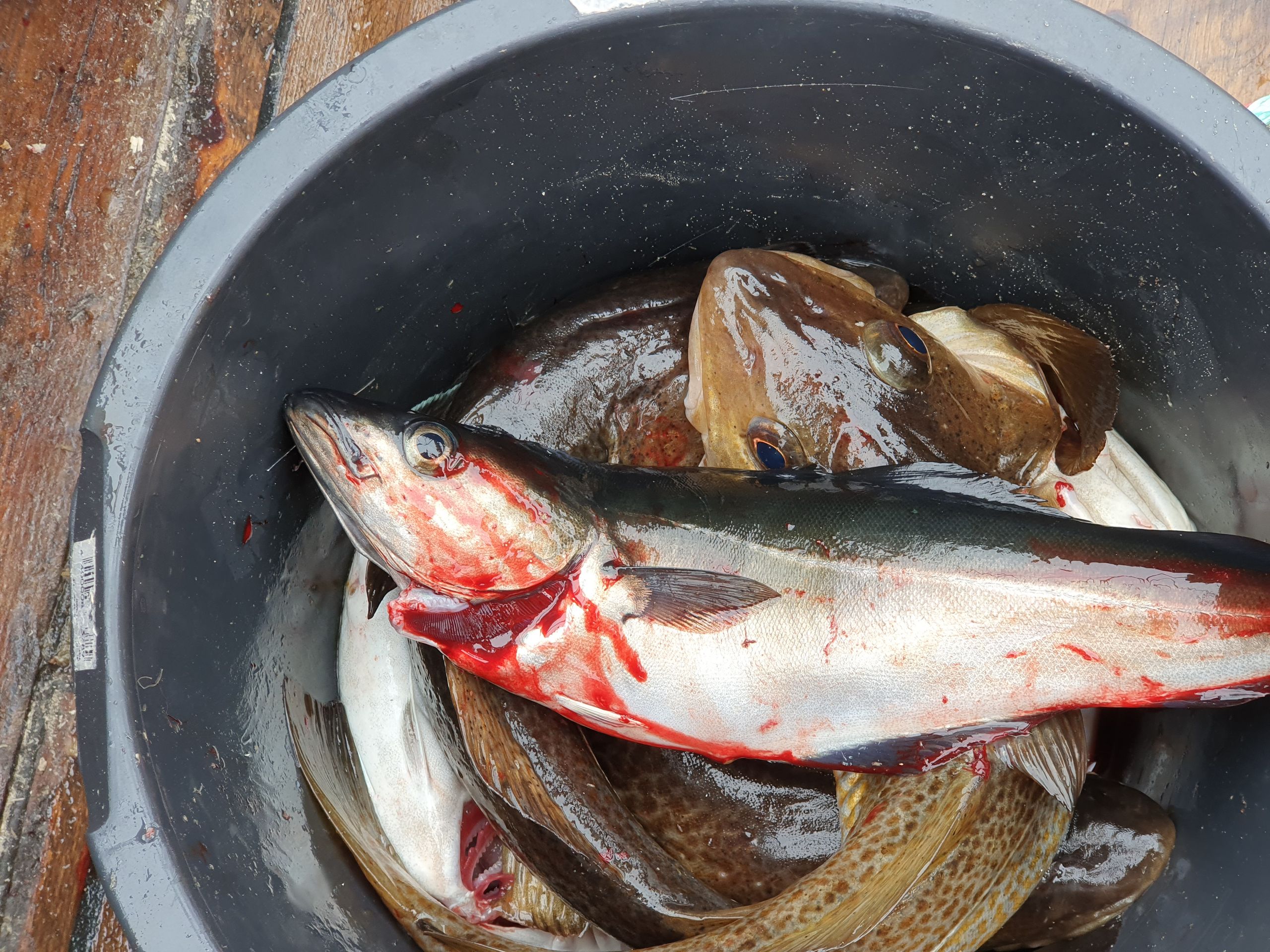
Børje showed us how to kill fish of this size. Two fingers in each gill and pull the head back until the spine breaks. I was the first to take care of the other fish. Not because it was fun - it was just important to me to be involved in this process of obtaining meat/fish. We rarely associate store-bought products with the actual animal behind the steak, ground meat, or fillet. Participating in the necessary process of killing is important to me to strengthen the connection between the product and the animal. And so, we did what needed to be done. Shortly afterward, the others also pulled more fish onto the deck. From what I could see, mostly coal fish and a small haddock. Since I also wanted to hold the fishing line in the water for once, Uli handed me his freshly pulled hooks. I took the lead weight and let the line slide through my fingers into the water. I realized that holding a lead weight on a thin line was not such a good idea when the line slipped through my fingers. The sudden jerk in my hand and the stopping of the line did not bode well. A fishing hook had lodged itself deeply into my ring finger, and even my immediate sudden pull on the hook did not release it. The barb did its job in my finger. It was only when Børje grabbed the hook with his pliers that it could be released. The pain was manageable, but dizziness overcame me, and I had to take a break.
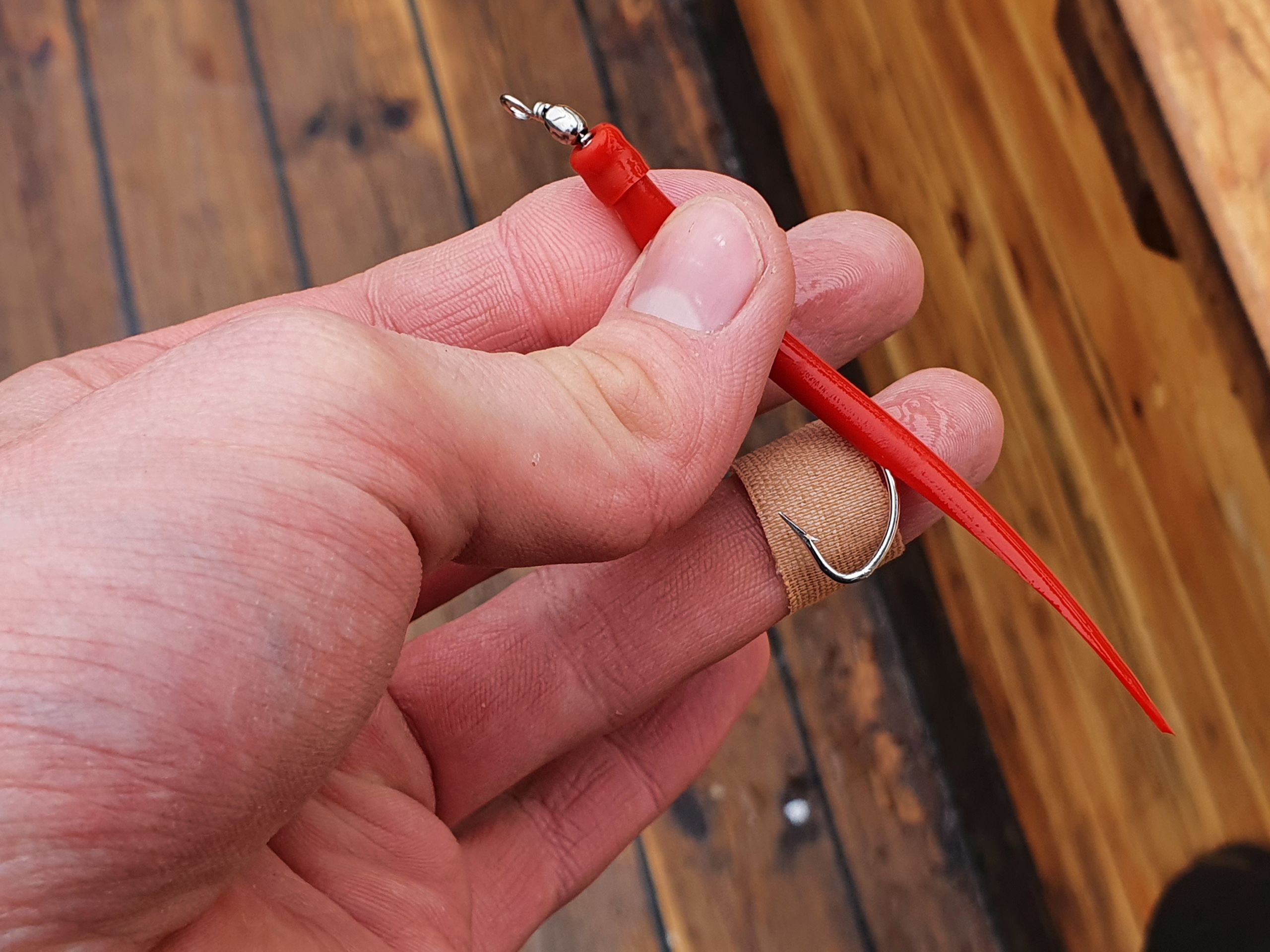
In the meantime, we returned to the harbor with our catch. As the captain had little time left, he showed us how the filleting process works for one fish and left the rest to us. Since this processing step was anything but trivial, the ensuing discussion about the appropriate sequence of cuts and the handling of the knife was quite spirited. With the help of a video, we finally found an effective way to remove organs, fillet the fish from the backbone, and then remove the remaining ribs. The process took about 2 hours, but afterwards, we had a bucket full of fish remains and a pan with more or less well-preserved fillets.
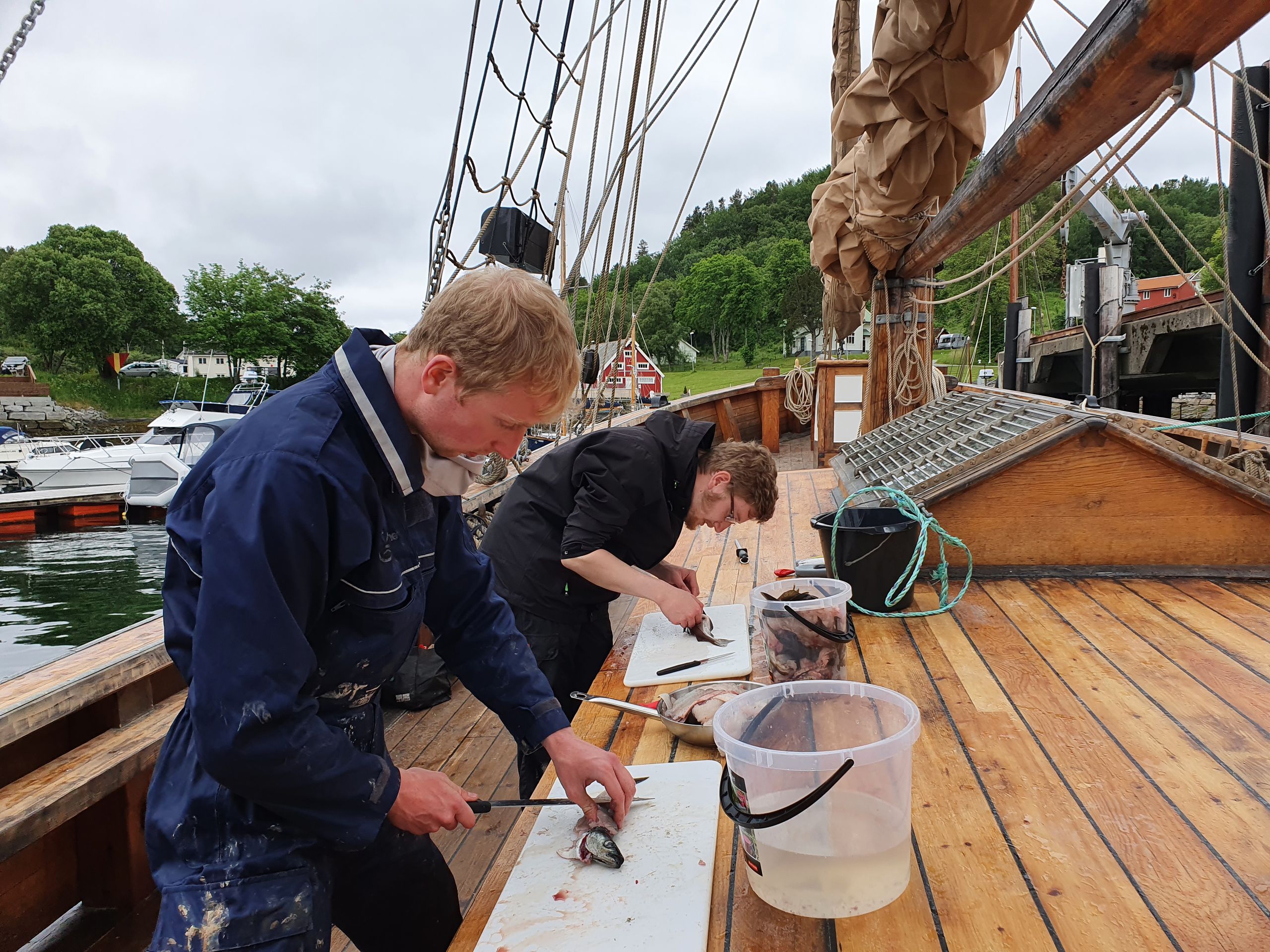
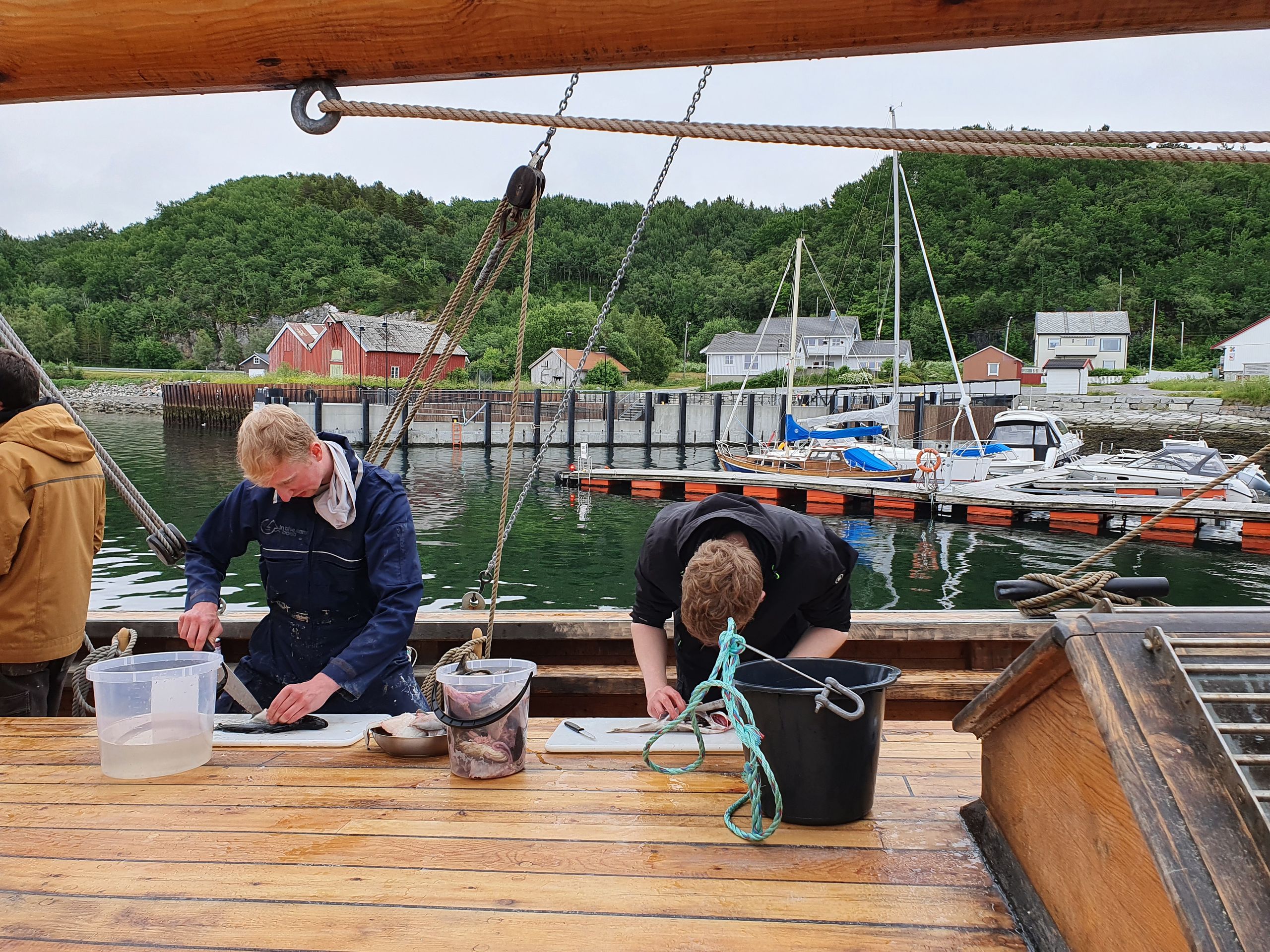
We fried them for dinner. The freshness could be tasted without a doubt. And so, with some rice, vegetables, and lemon, we ate our own caught fish. The contrasts of the day, both positive (sailing, fishing...) and negative (fishing tangle, fishing hook...), made this day truly unforgettable.

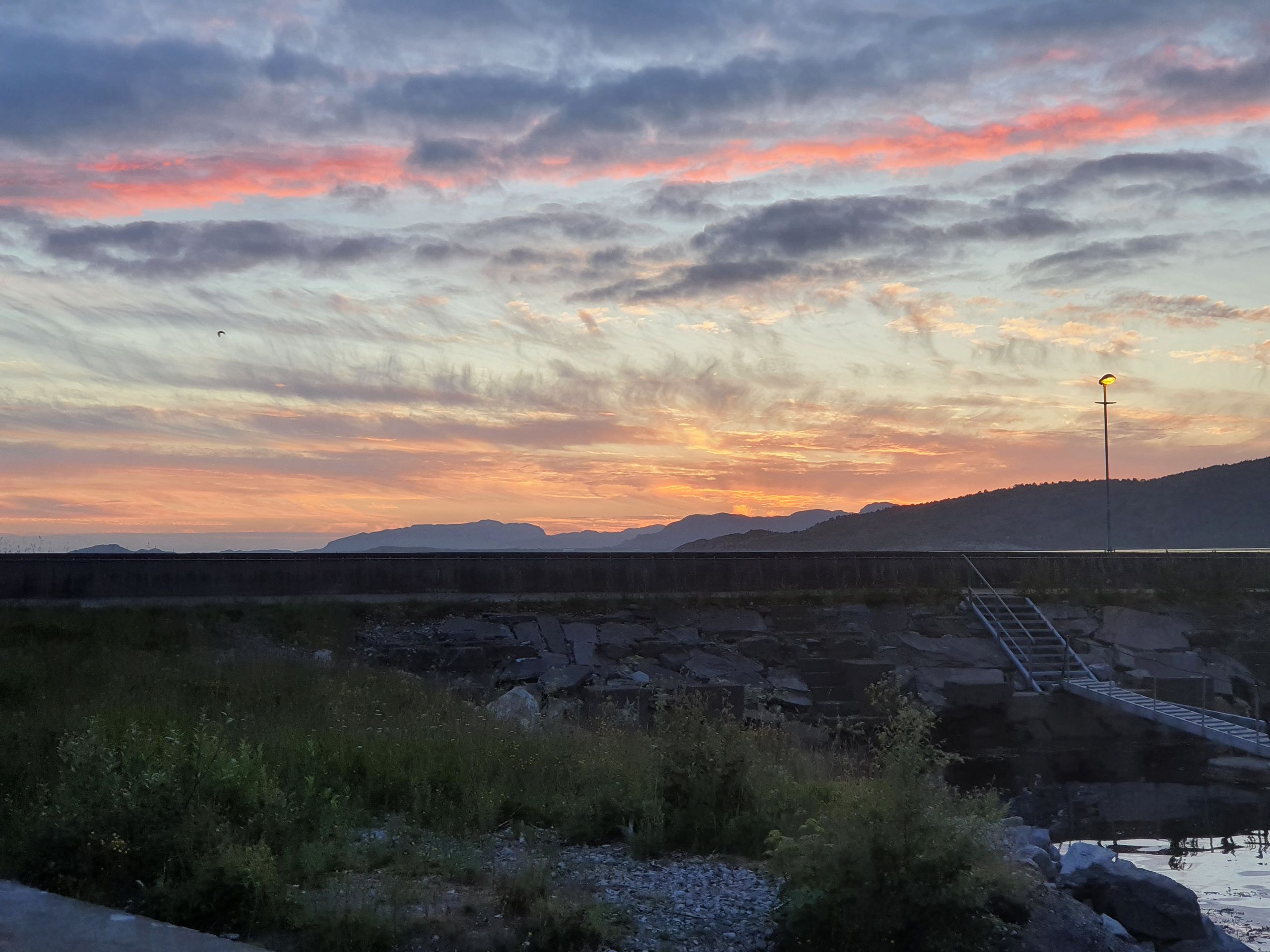
The next day we said goodbye to Uli, who took the ferry back to Trondheim early. So he unfortunately couldn't experience the sailing trip on Saturday anymore. Several helpers from Hasselvika and the surrounding area were invited to join. The weather was pleasant, only the wind was weaker than expected. Nevertheless, we were able to set sail and sail a few kilometers with the wind.

It was a great experience to see the sails prepared and painted by the previous groups in use and filled with wind. Also, climbing the mast with the ship's swing and steering the ship were opportunities for new experiences. Later, the engine was used for part of the way, so that we could return to the harbor around 17:30.

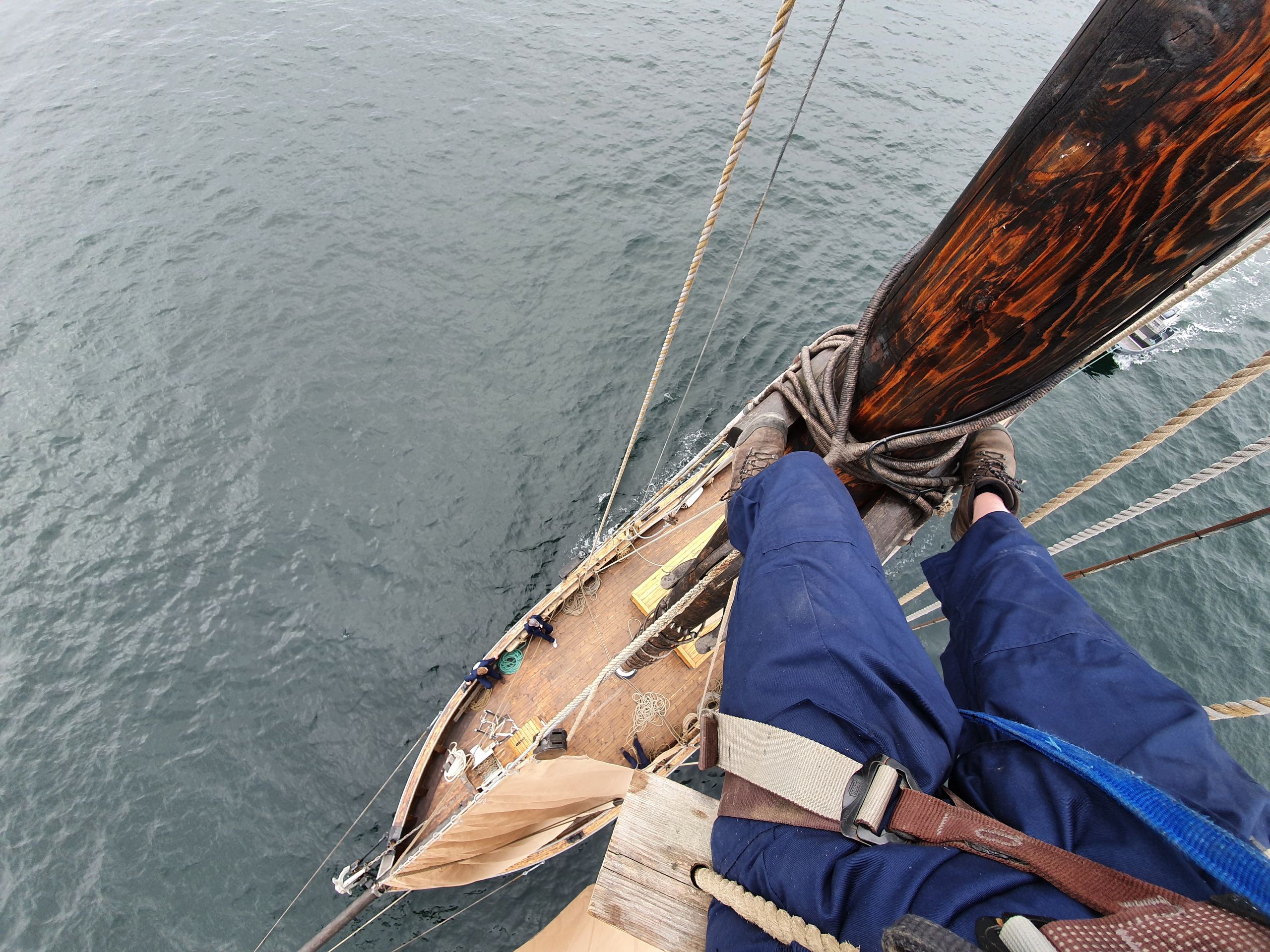
Sunday was relaxed, and Børje was only there for a few hours. We continued to work on knotting the rope ladders and refining our knots, from which we received quite a few during this week.

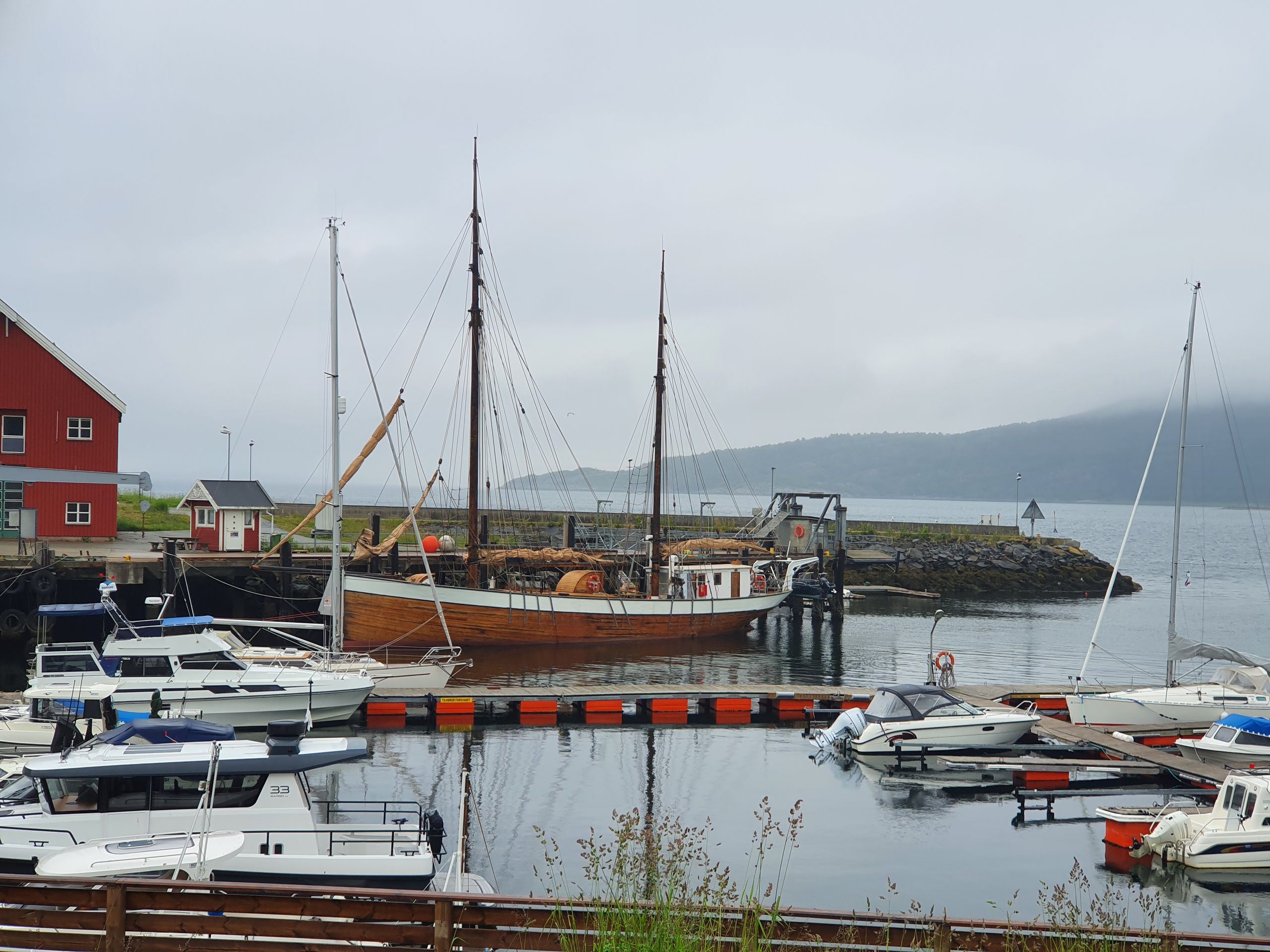
Today, Monday, one week later, it was time to say goodbye. It was definitely a worthwhile decision to help out on the boat. The food and accommodation alone were so unique that the work more than paid off. Moreover, we were all able to contribute to a valuable project and had a lot of fun together. Volunteering to help out will now probably have greater significance for me in the future. Since the student who initially took on the coordination is now also leaving Norway, I suggested to Børje that I take over the organization for next semester. He is excited about the opportunity to bring the boat to life. Maybe I will also find another period of time to continue the work with the new exchange students. That's a good thought, and I'm very excited about the time to come. May it come quickly. I already feel a bit queasy in my stomach. The people with whom I was able to share these moments are now returning home...
In any case, I wish them a safe journey home or great experiences until then!
Ynskriuwe foar Nijsbrief
Antwurd
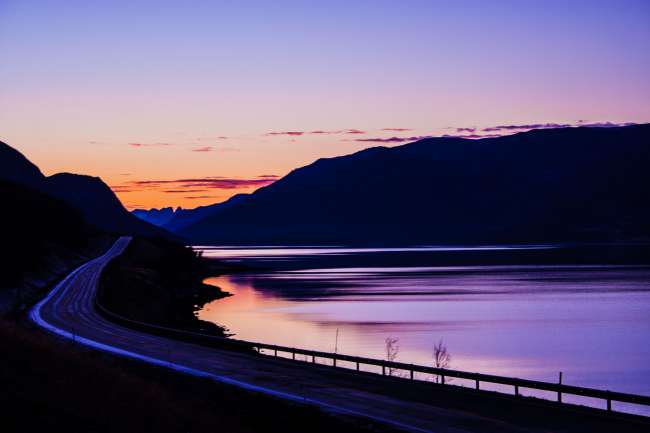
Reisrapporten Noarwegen
